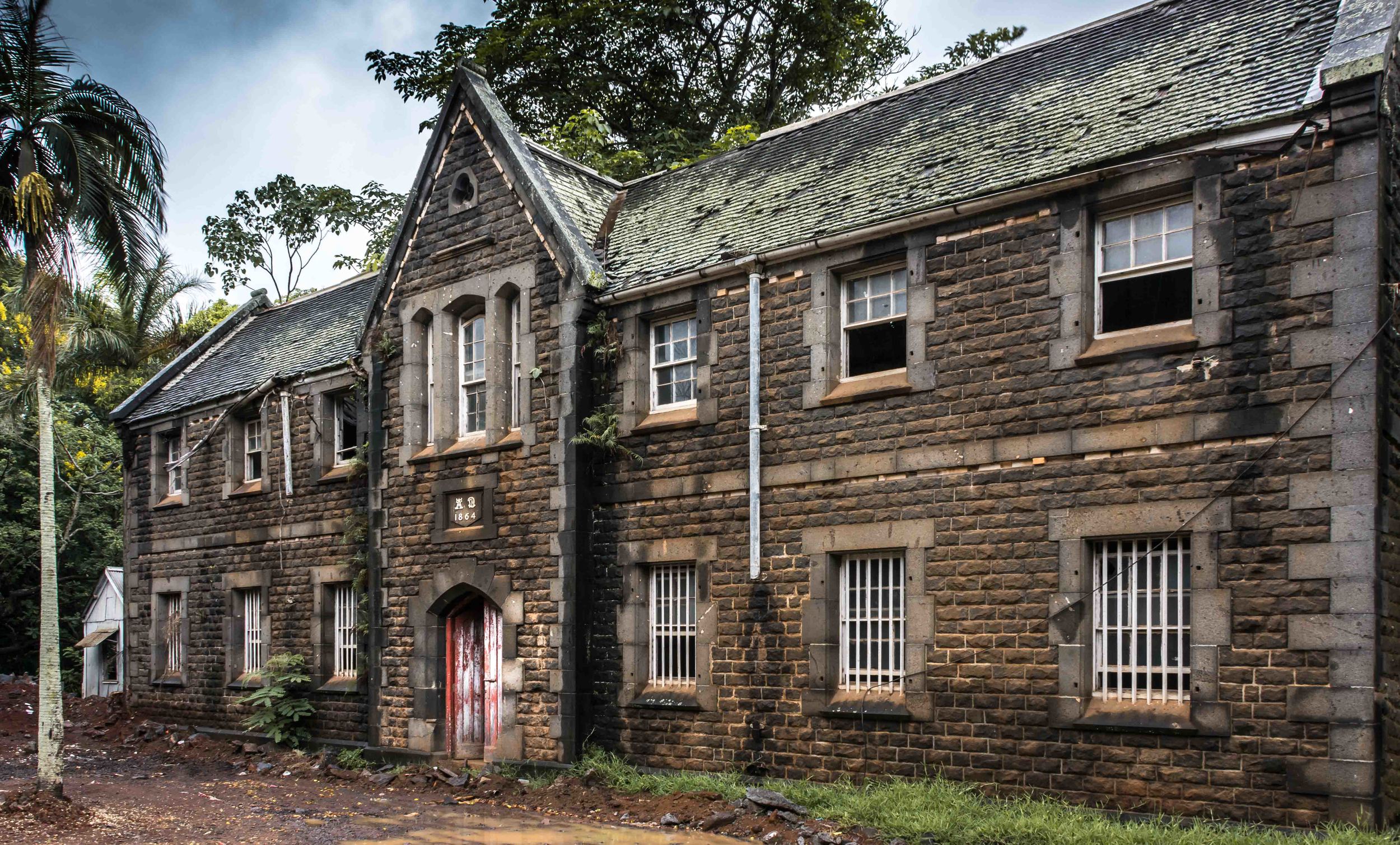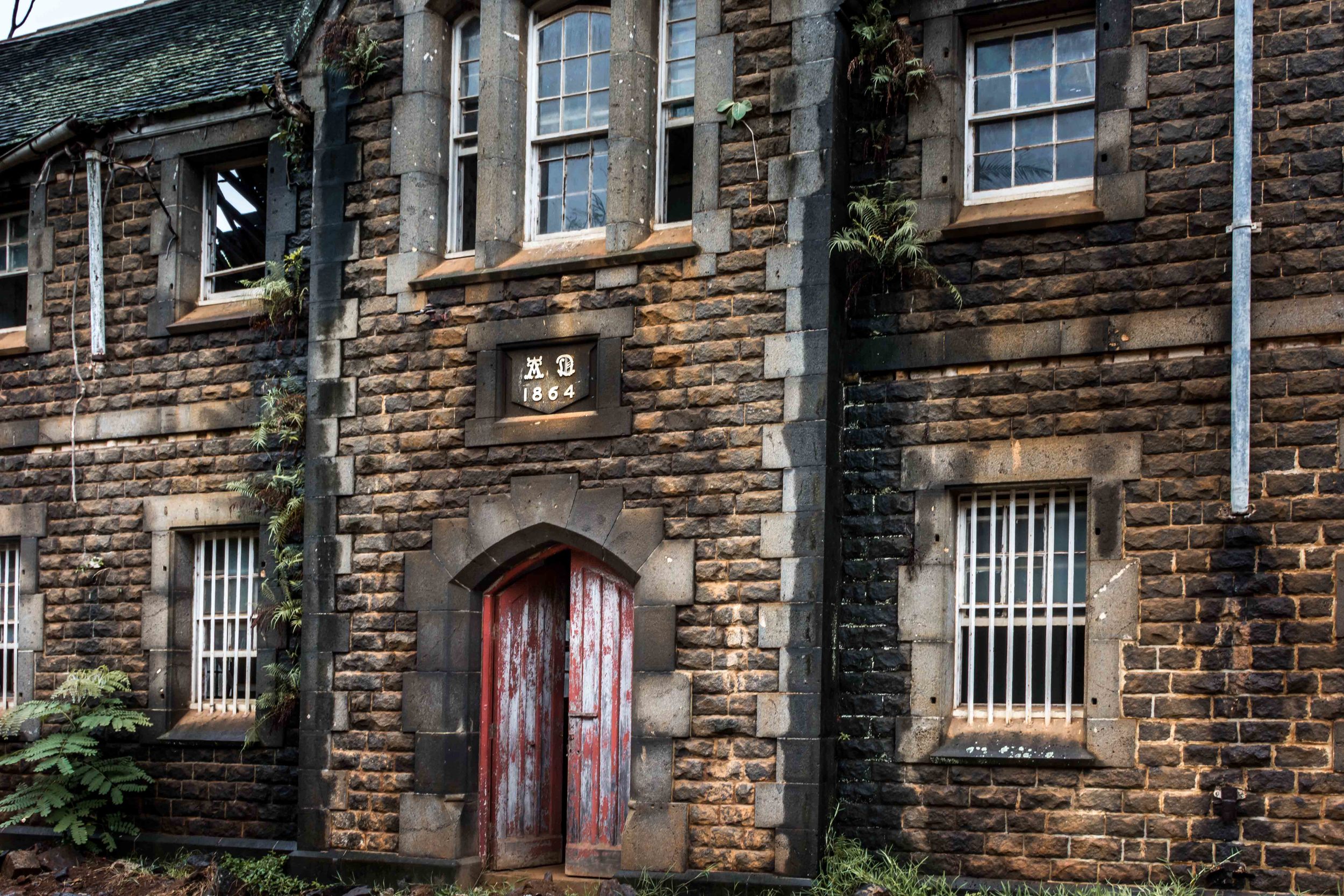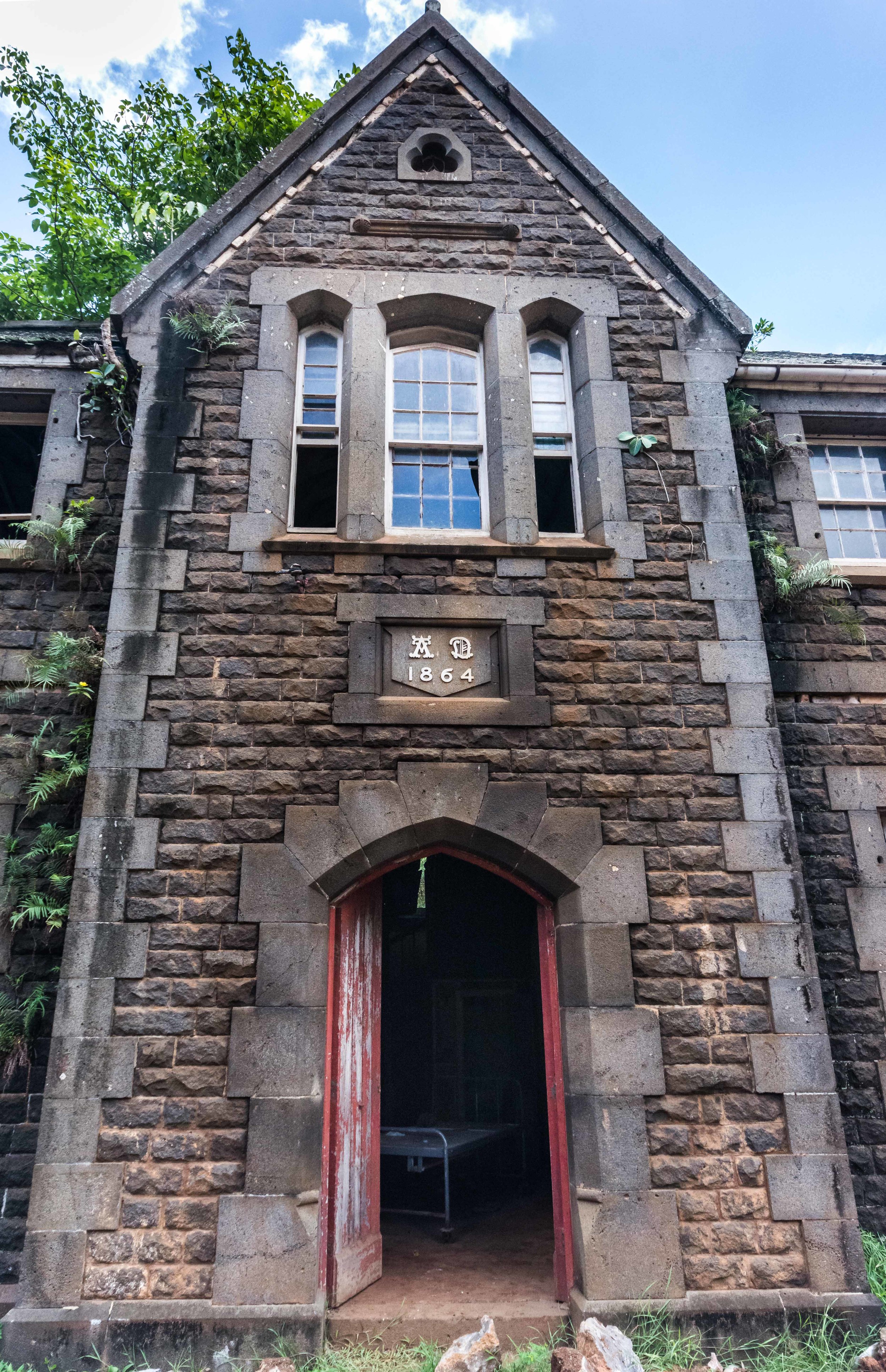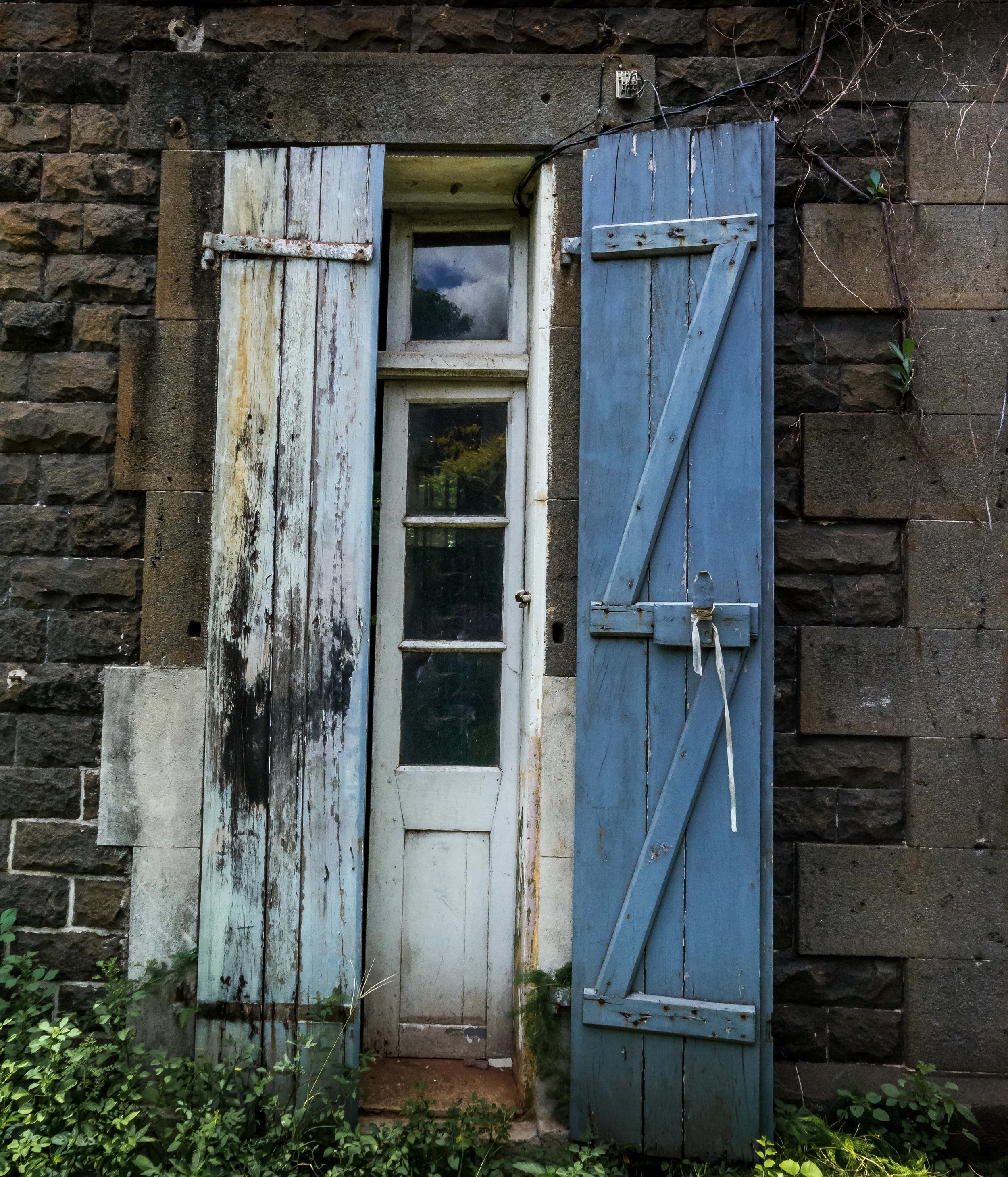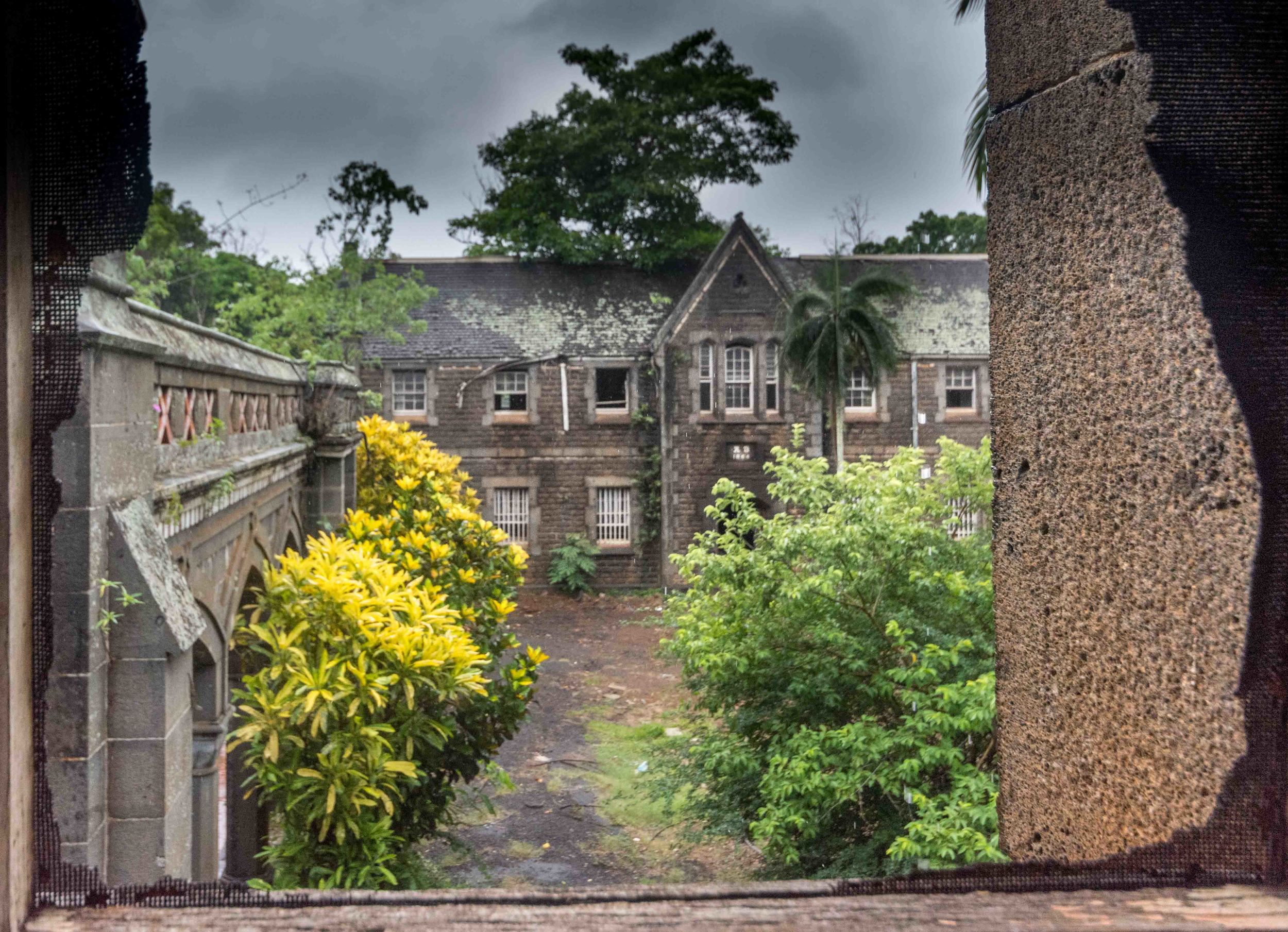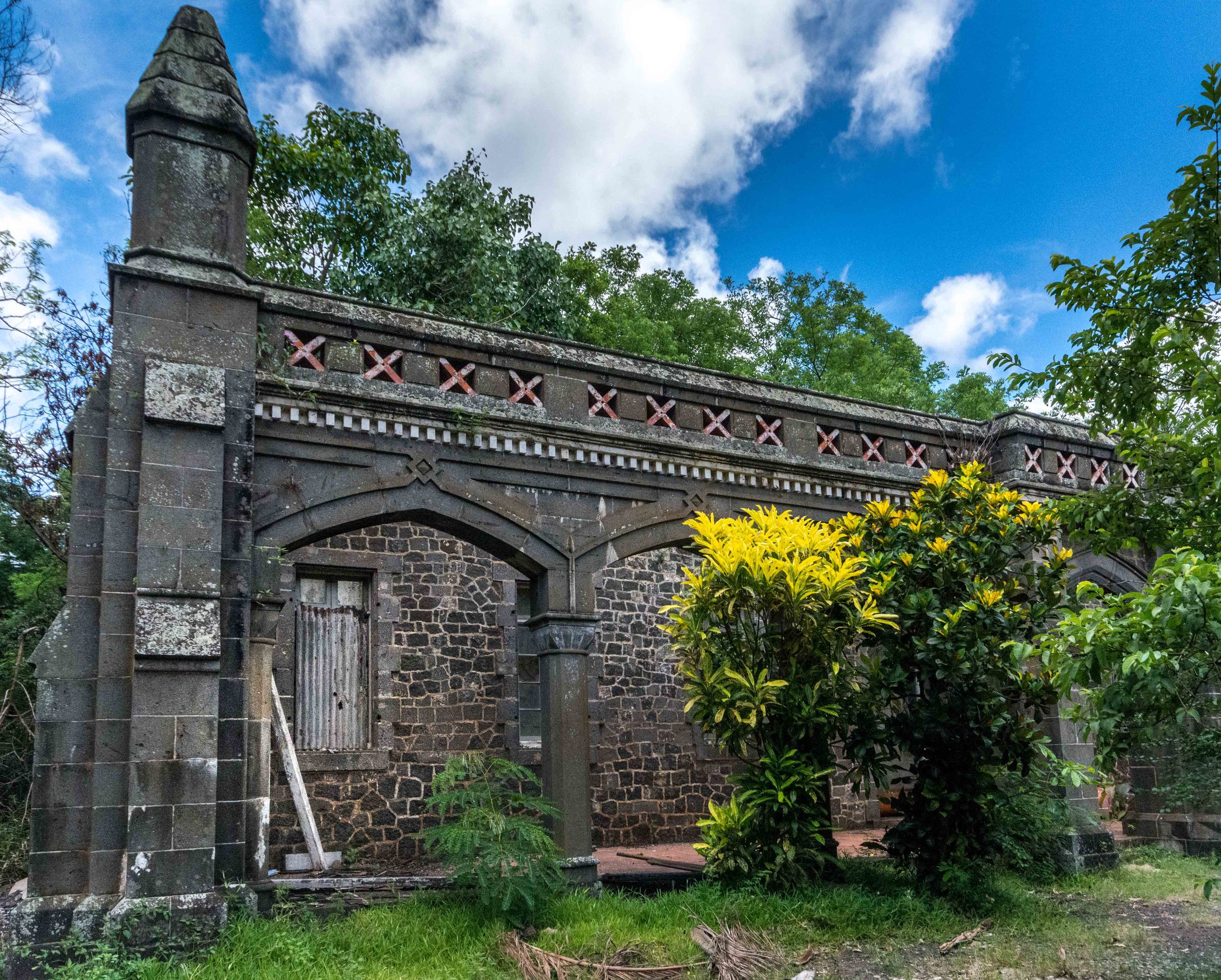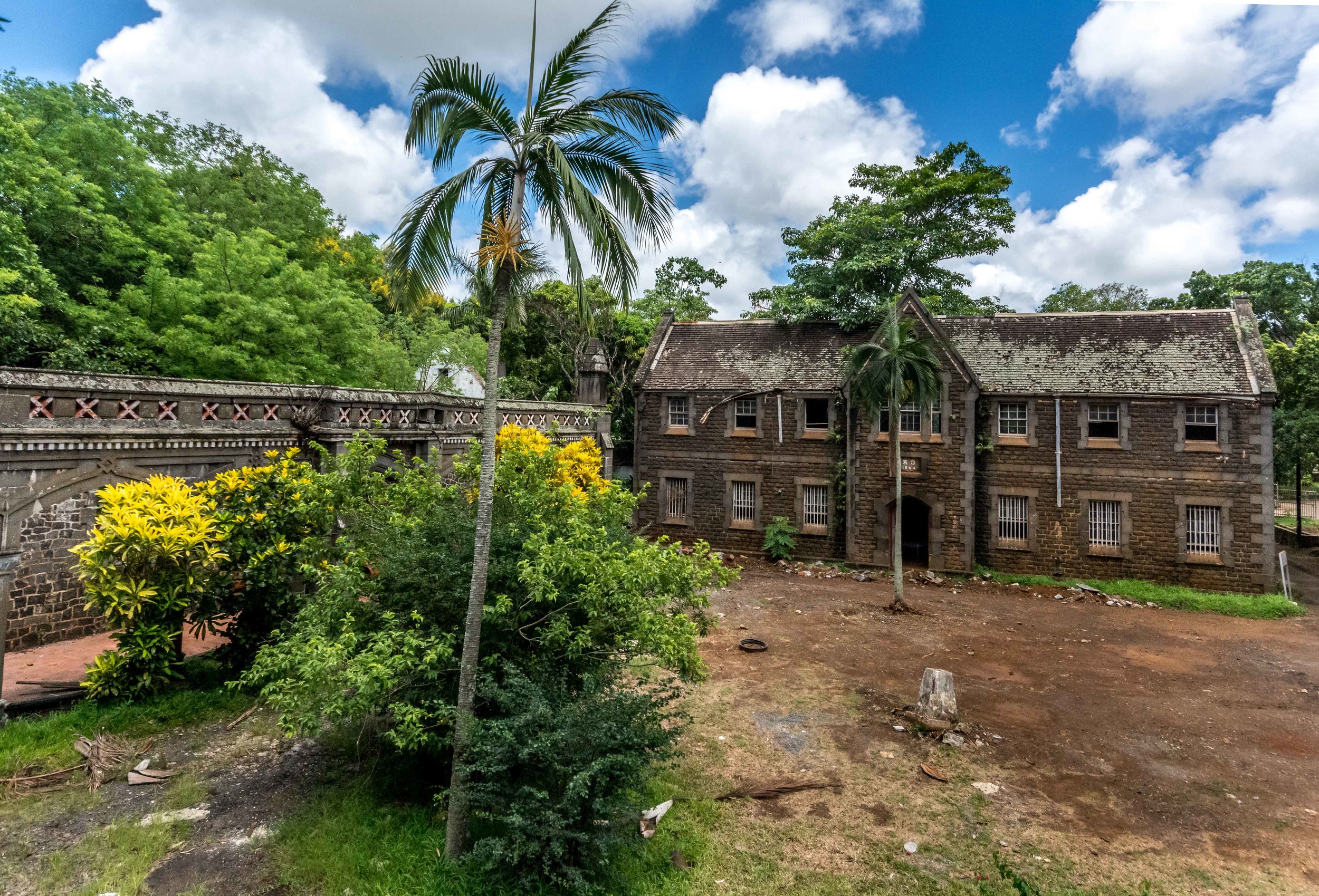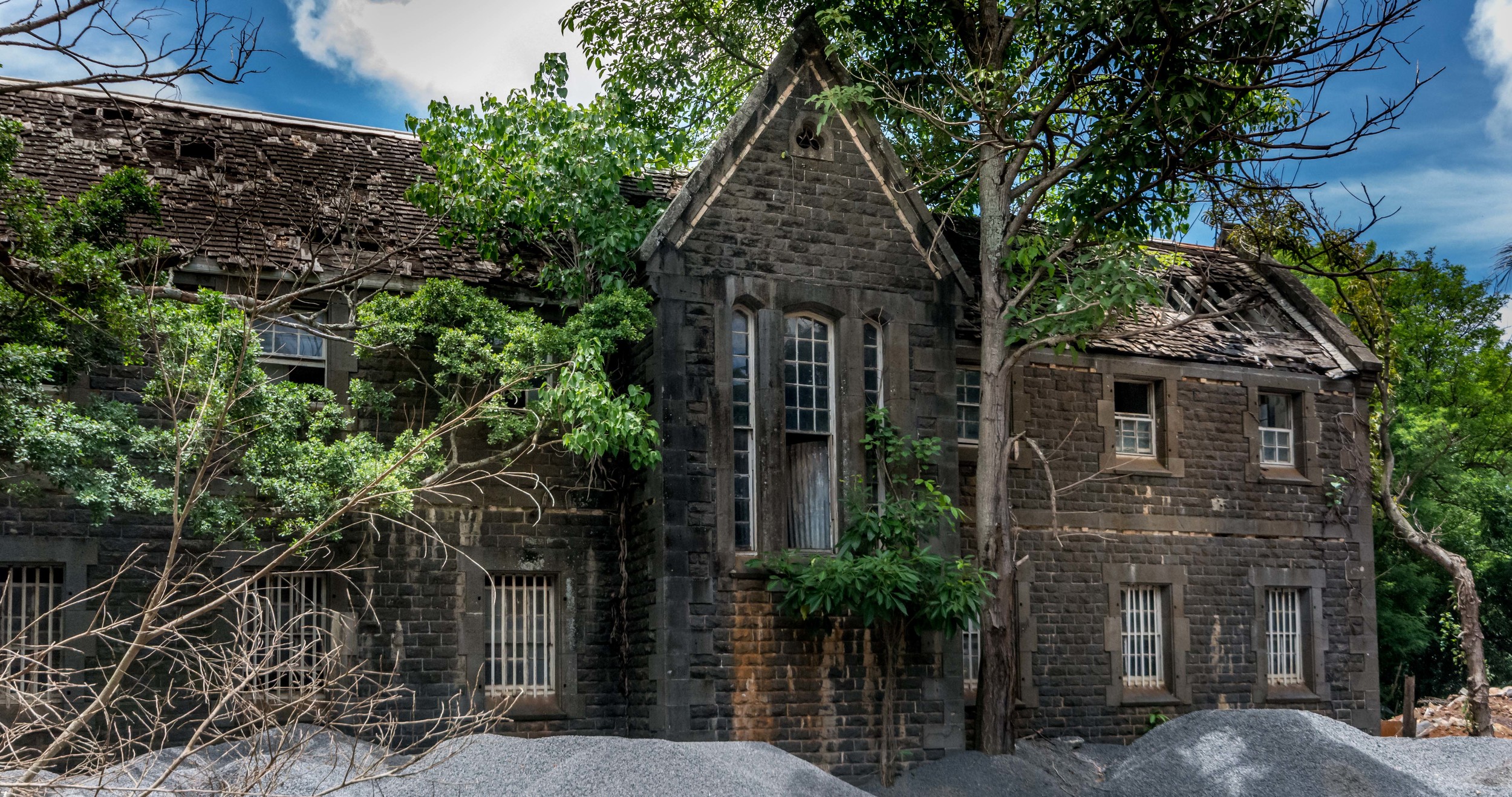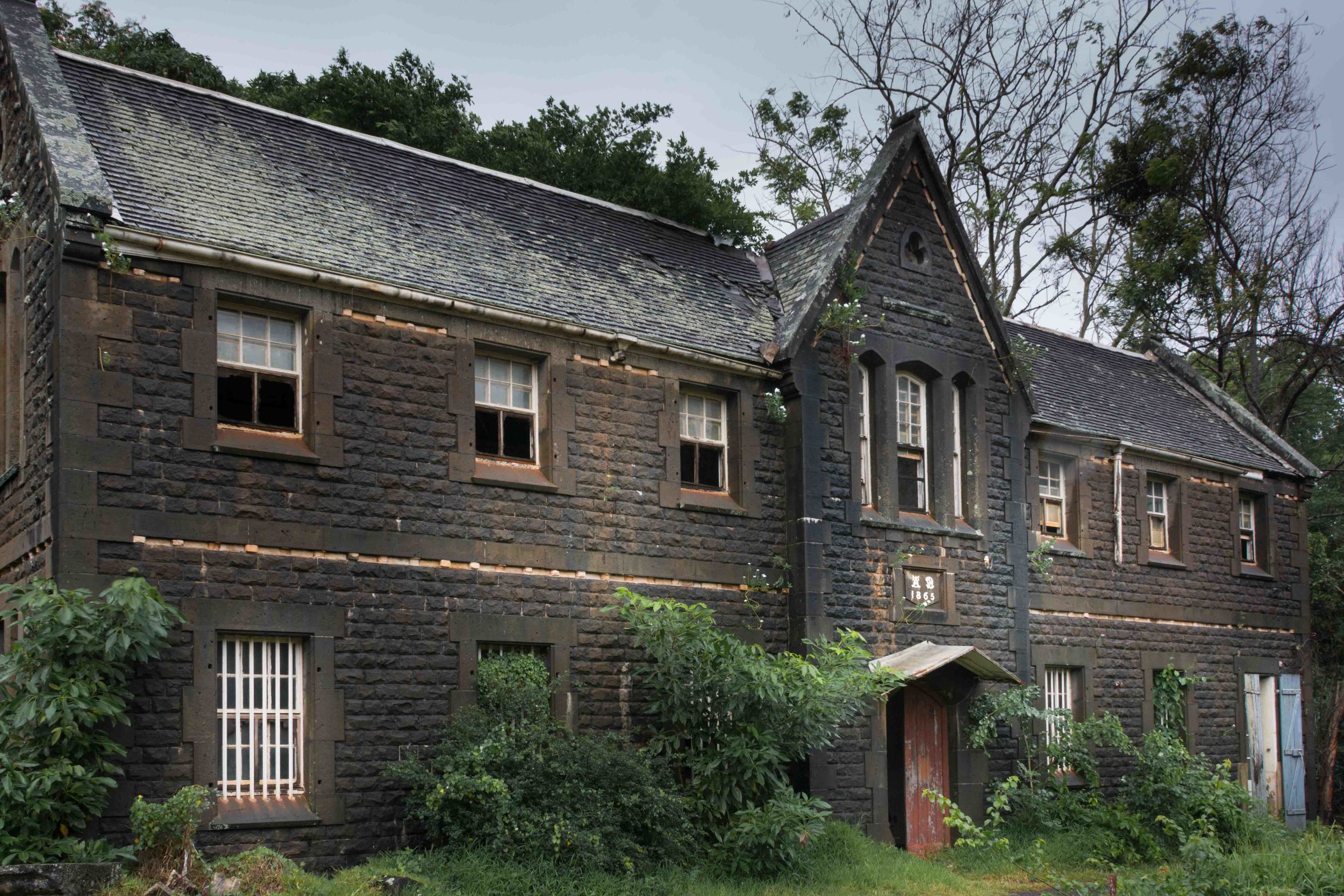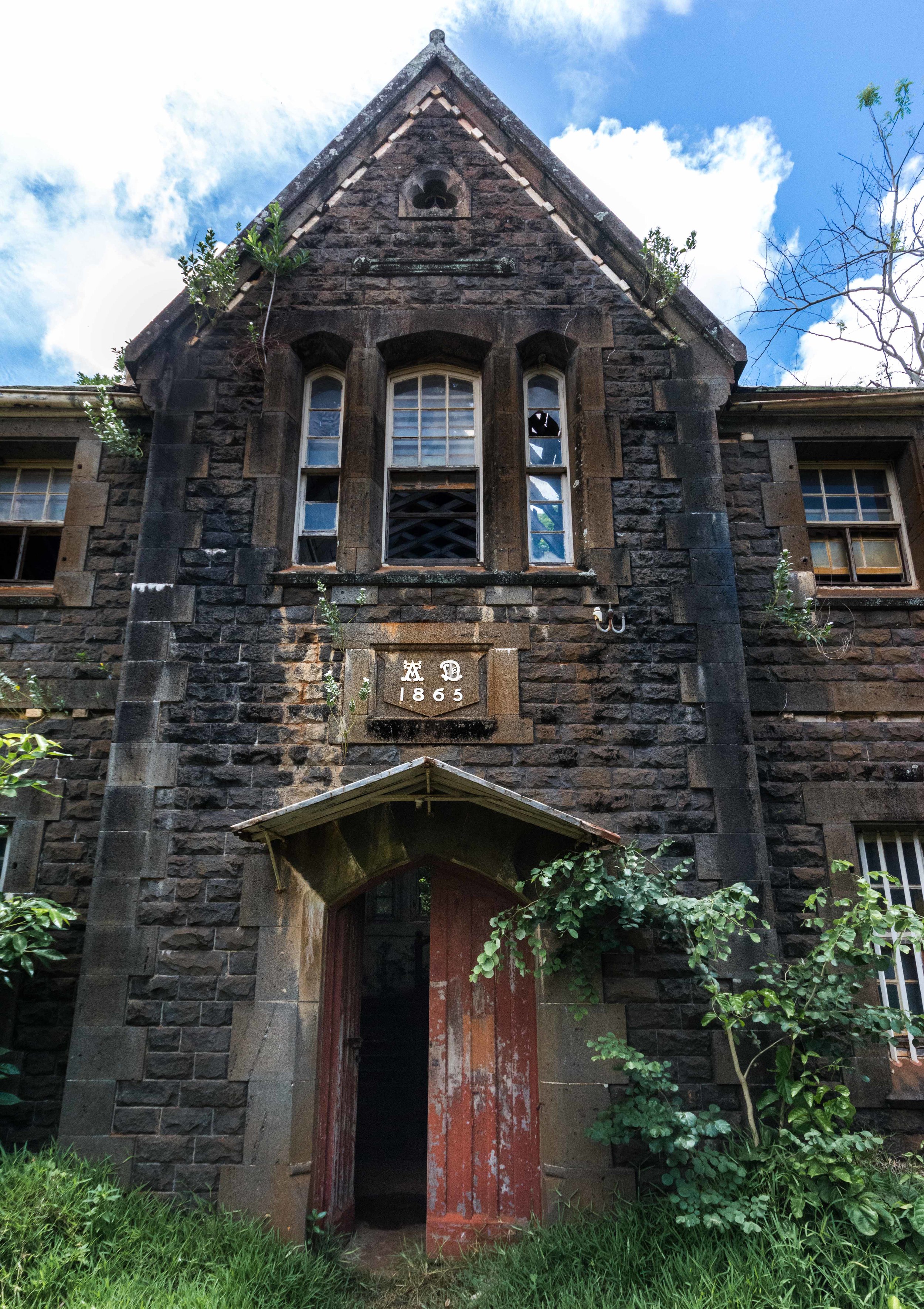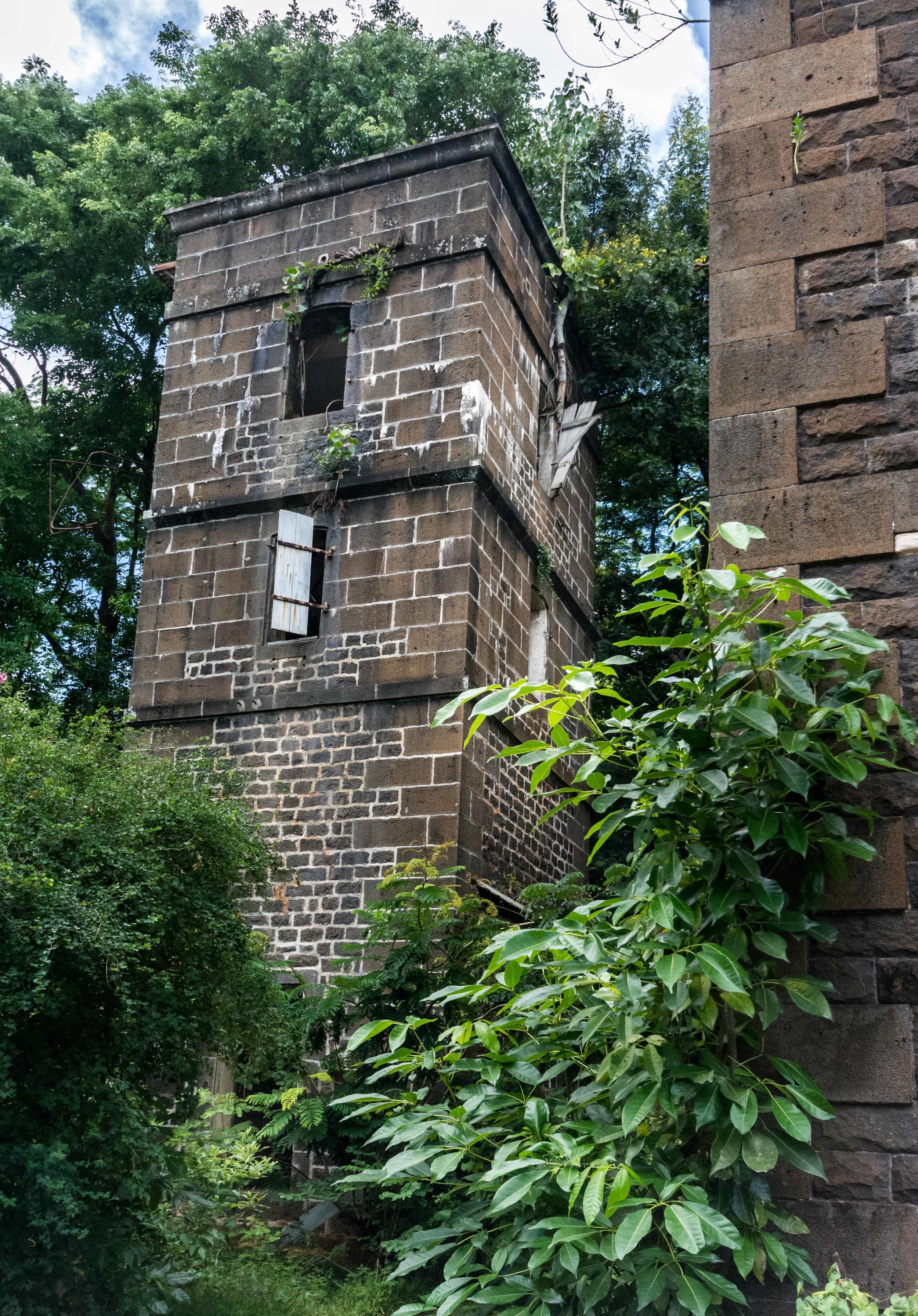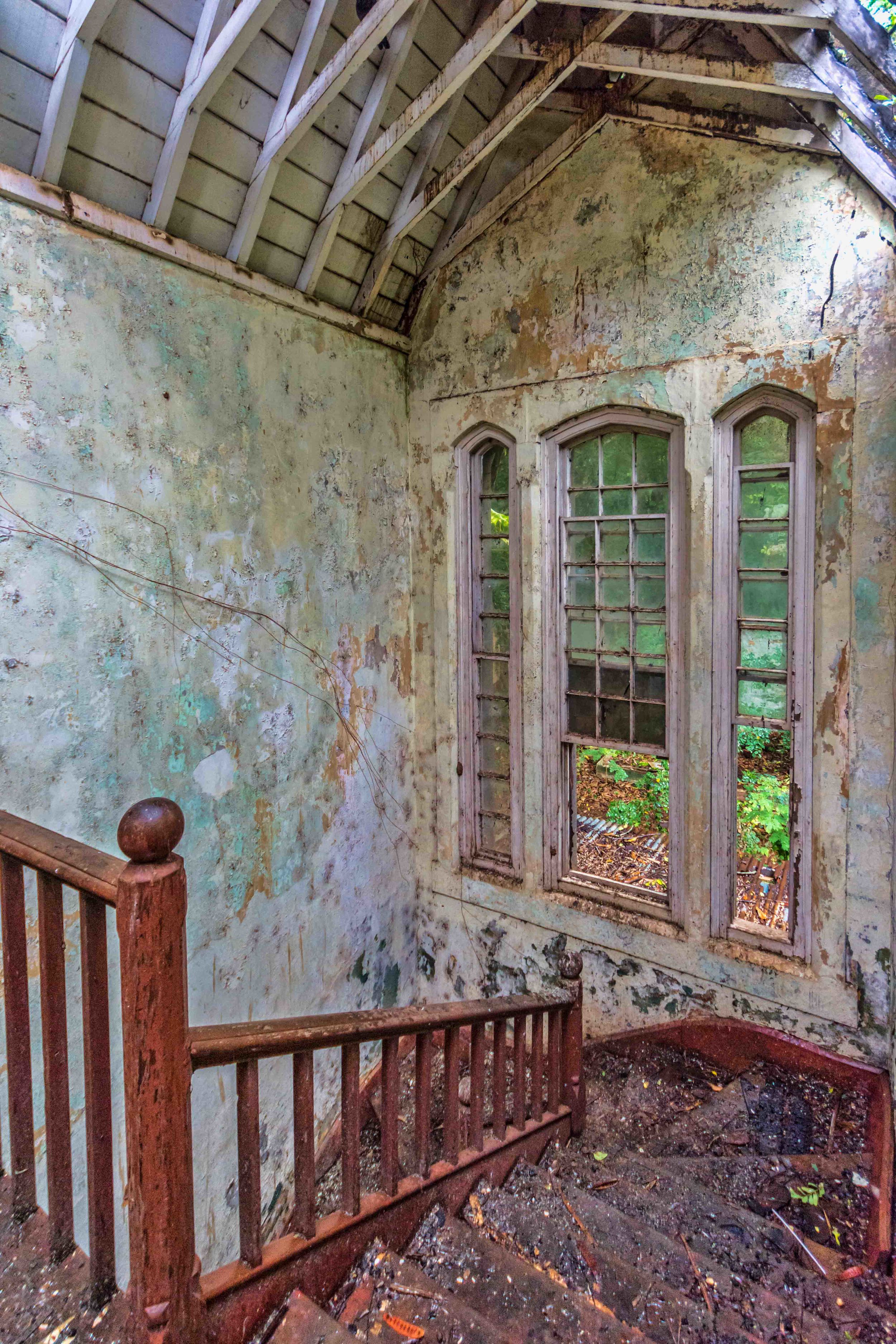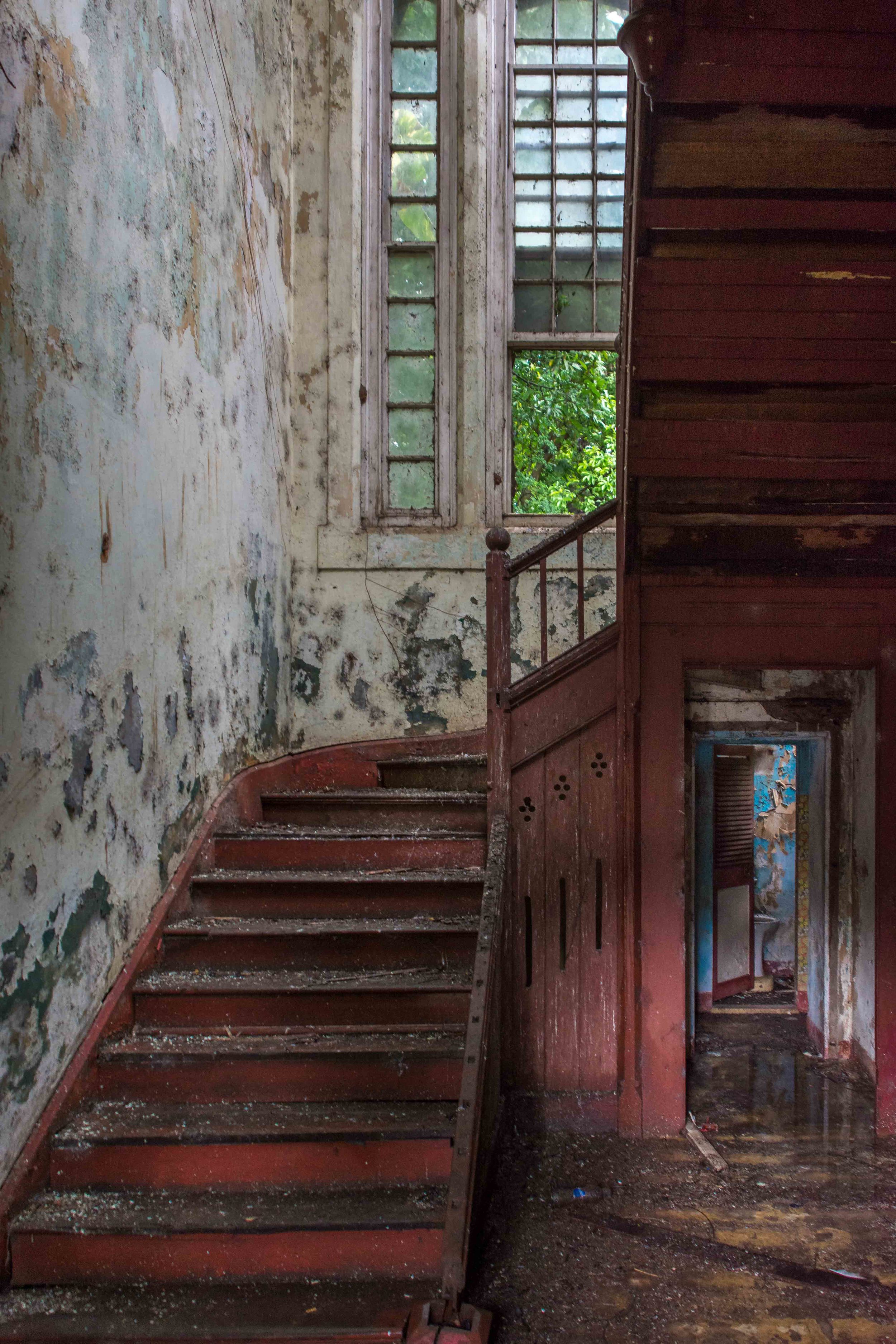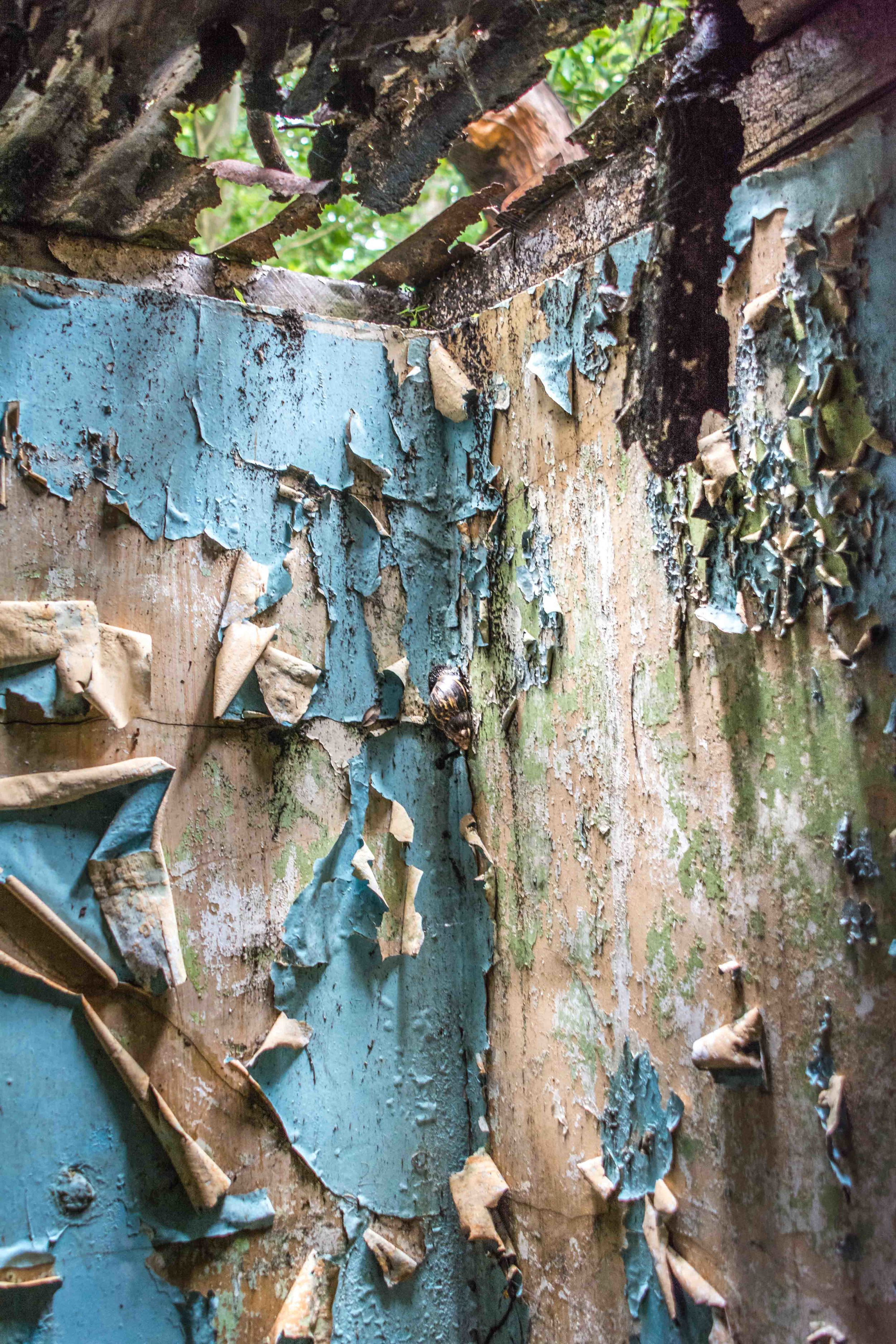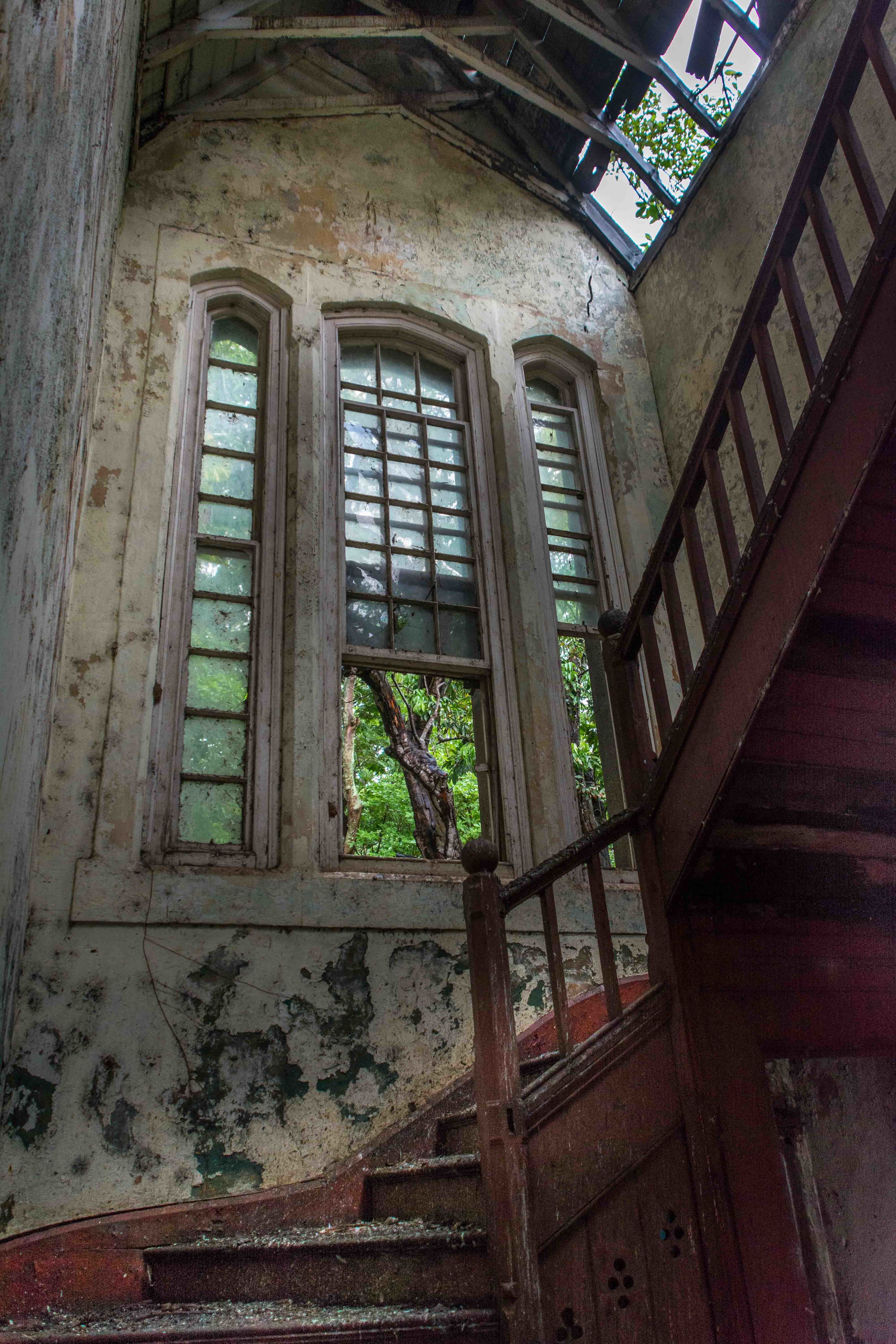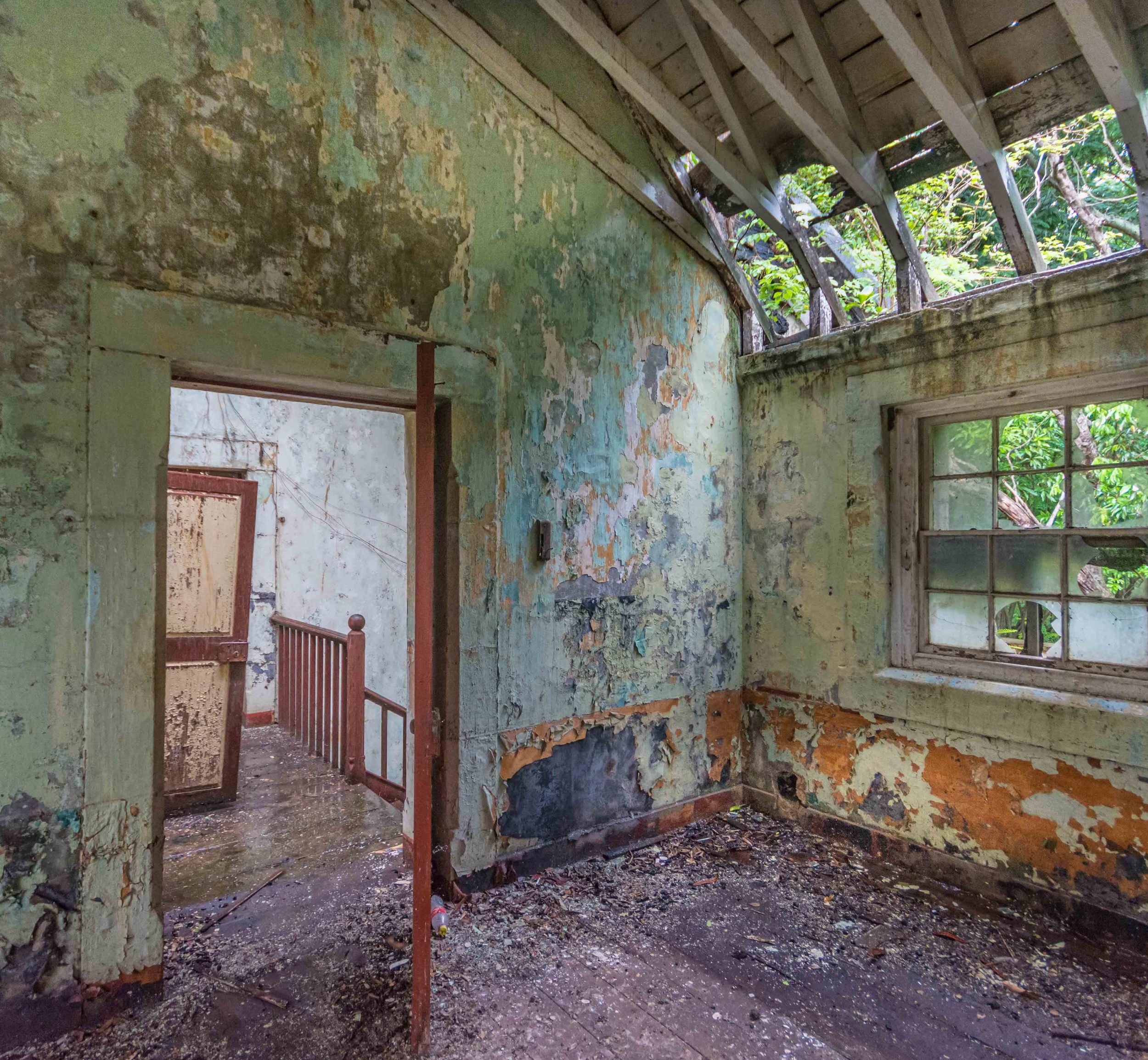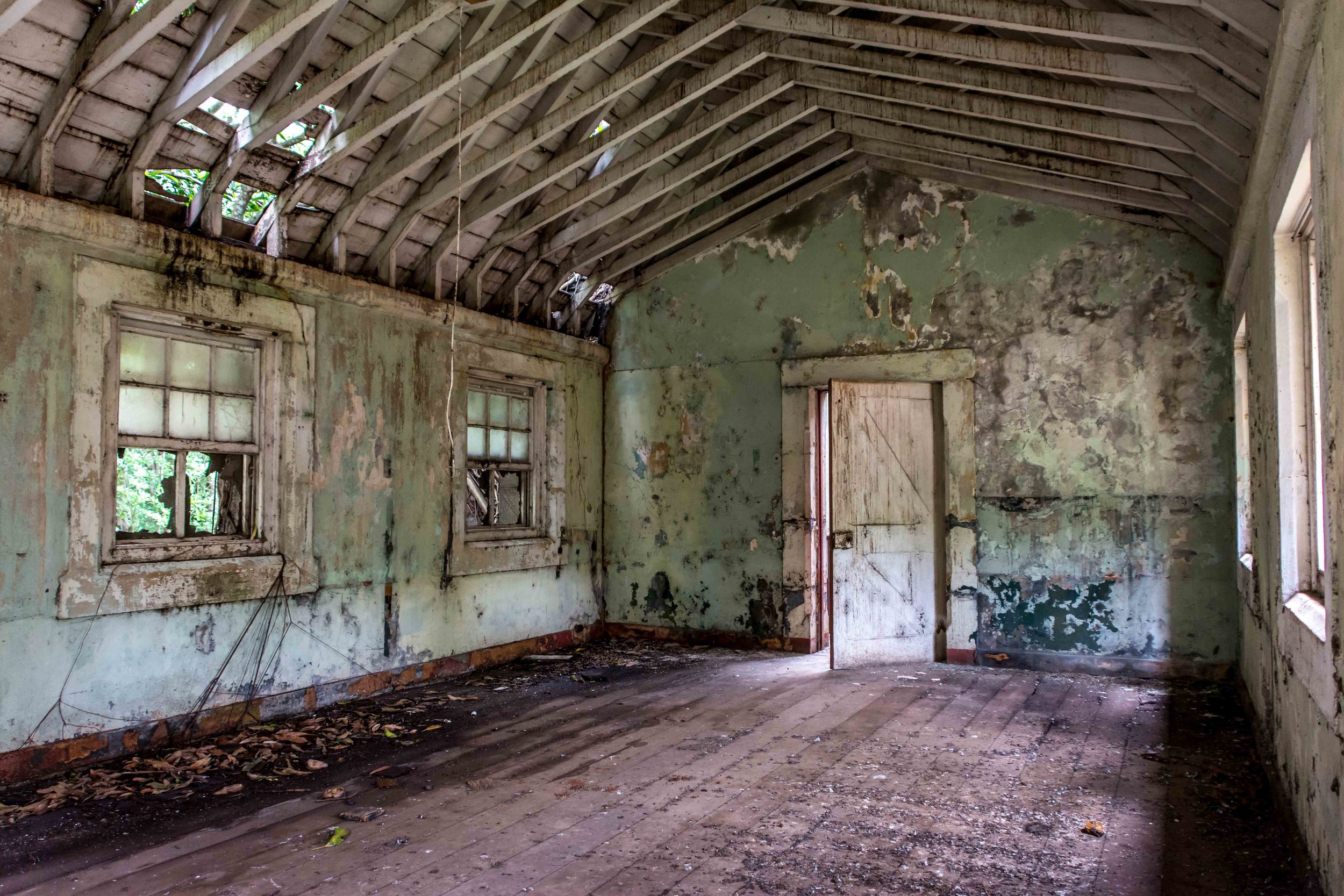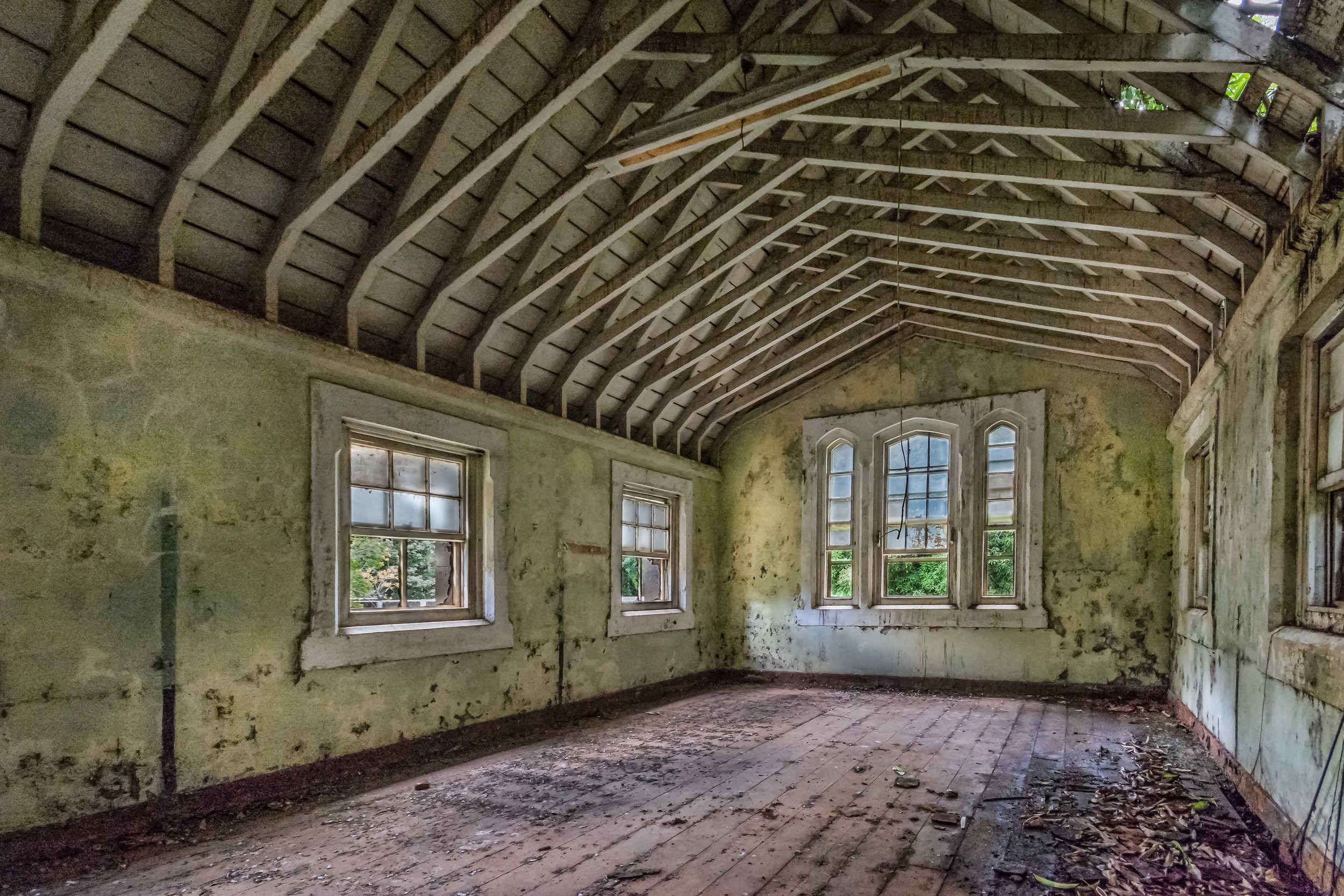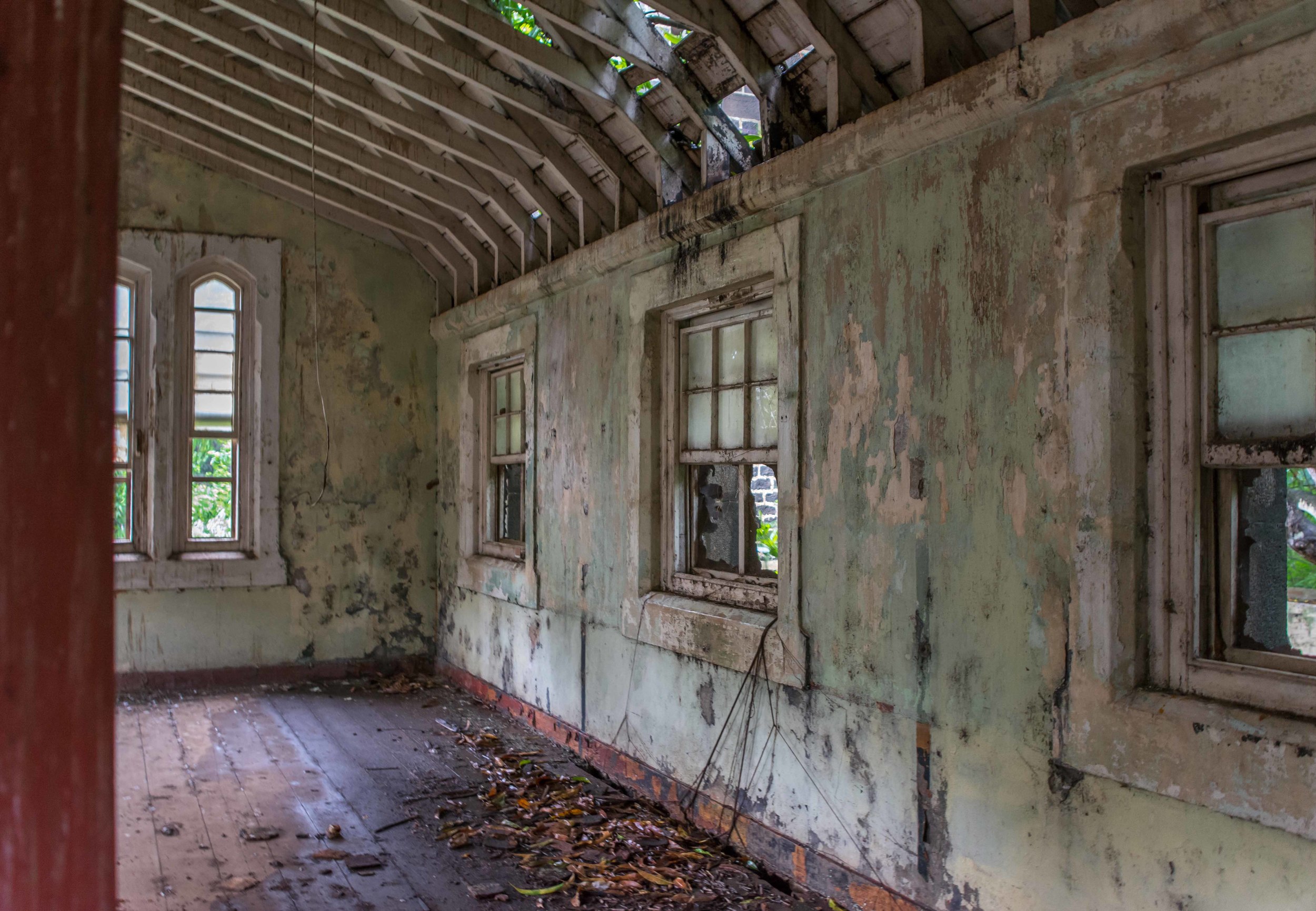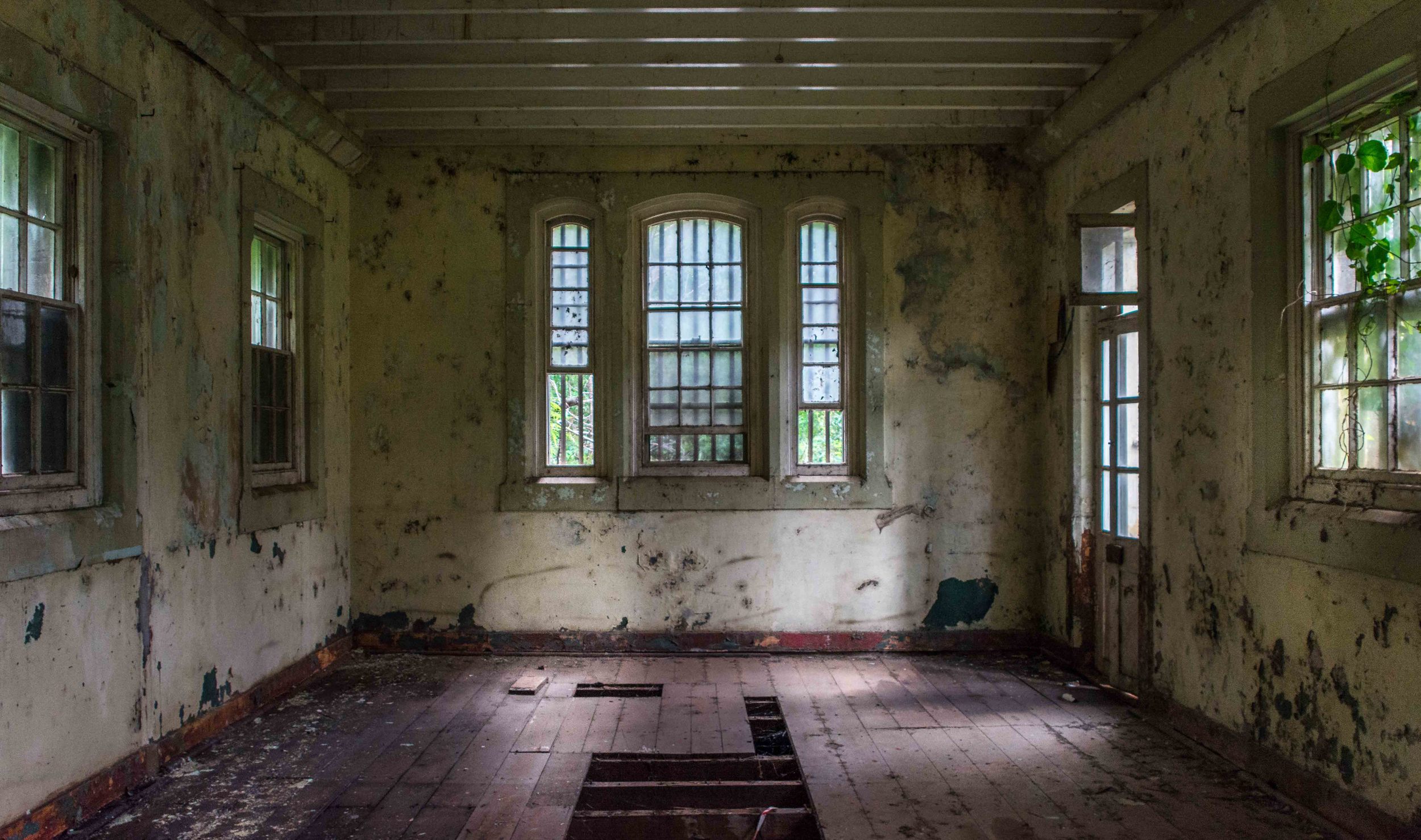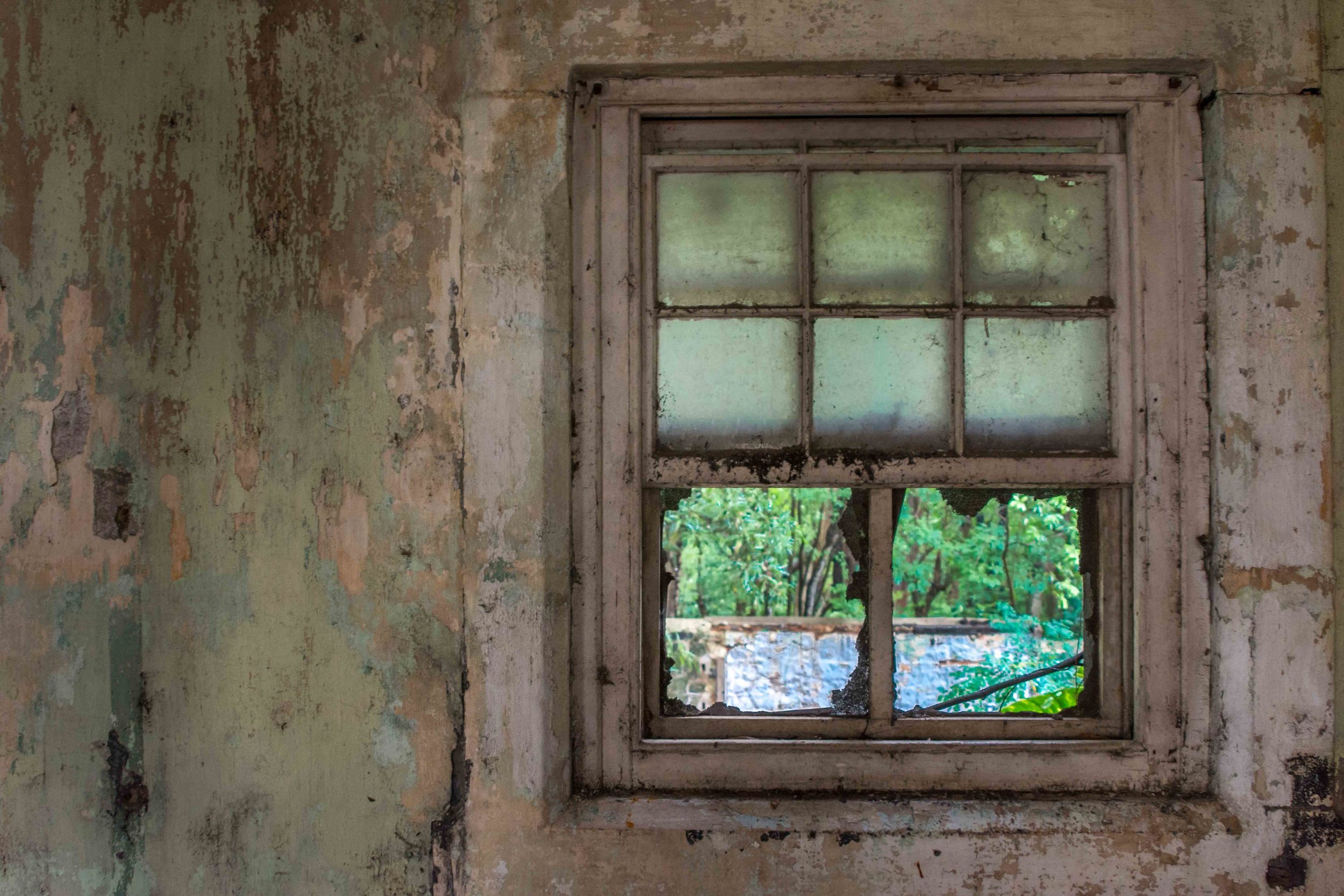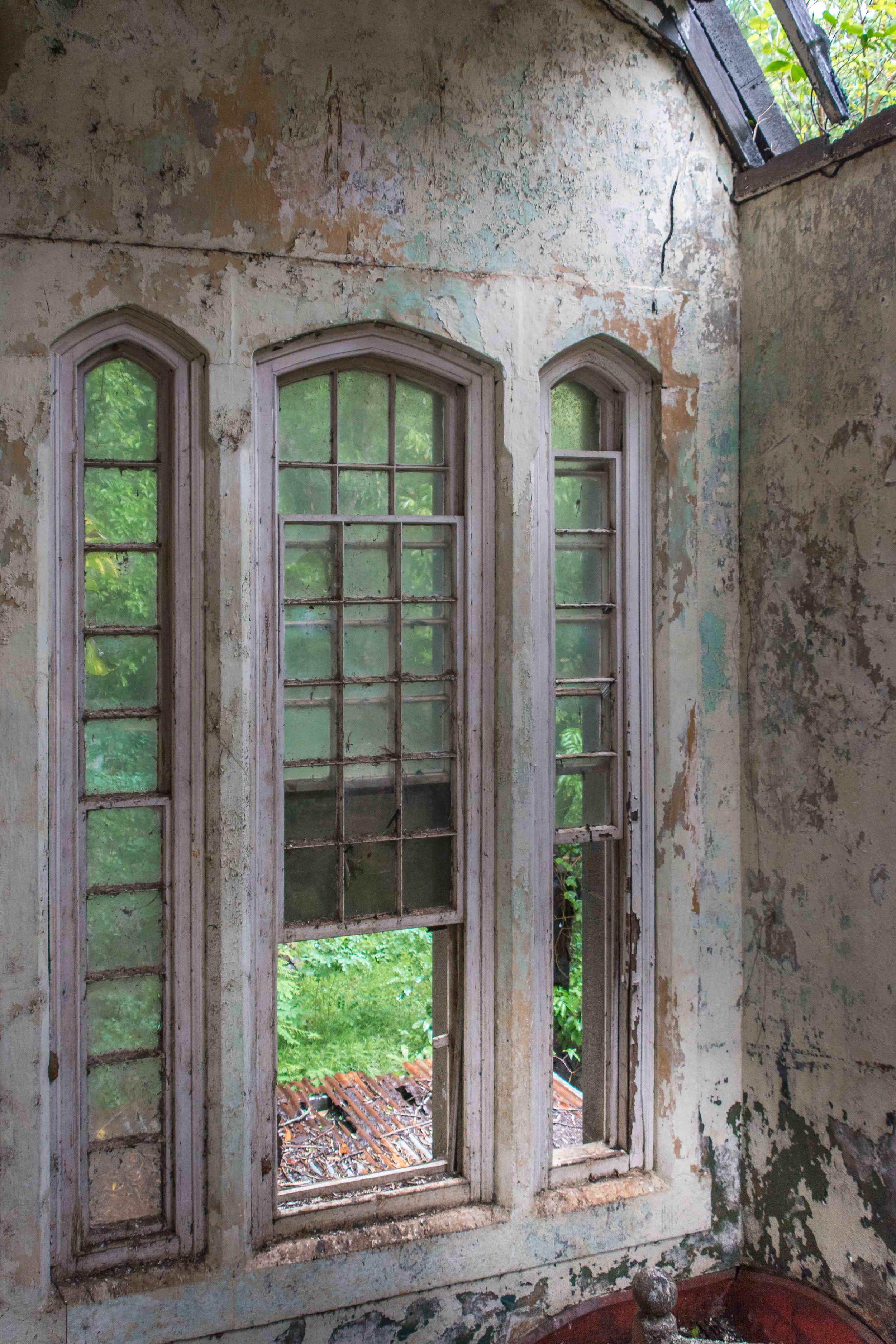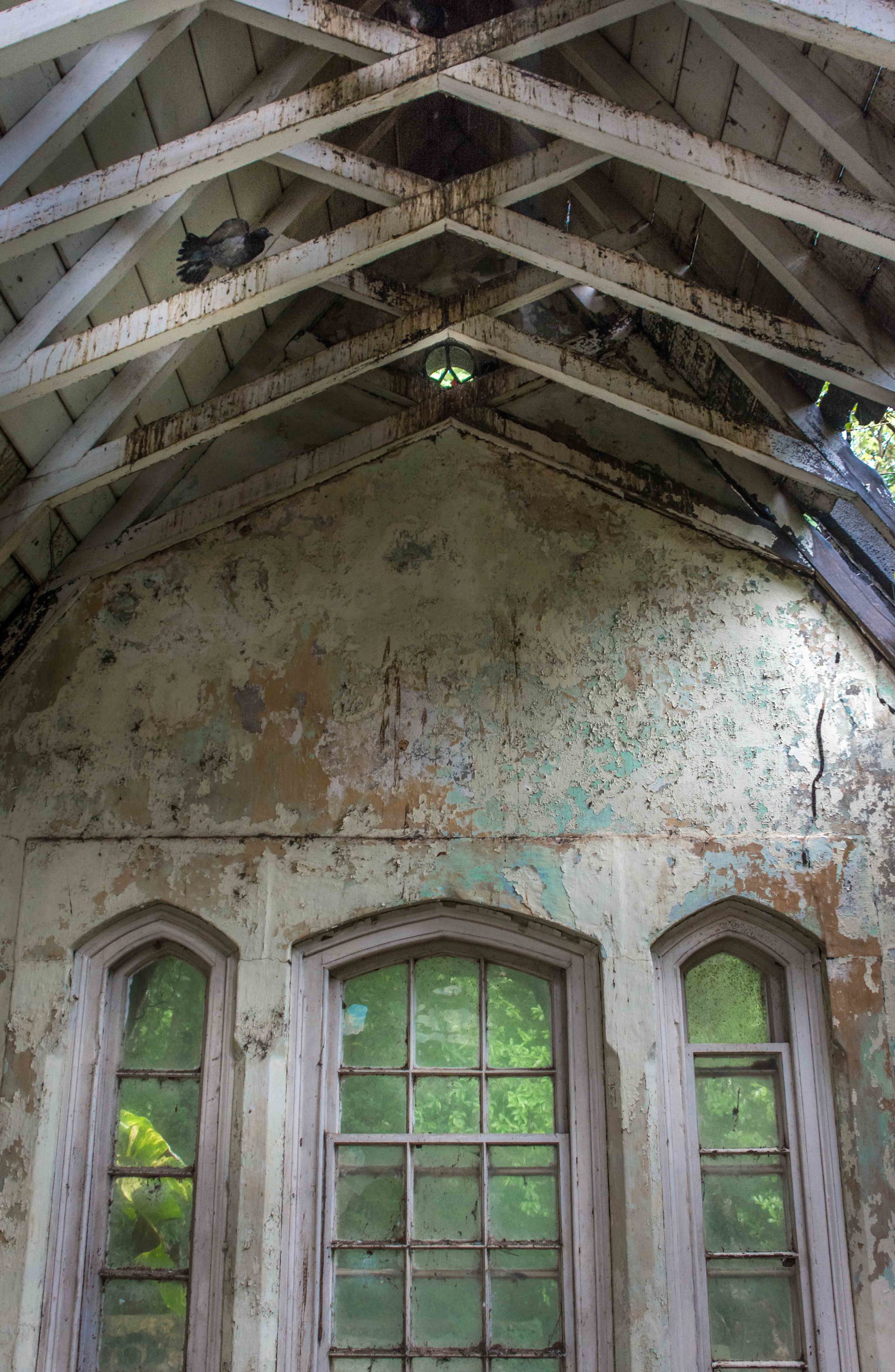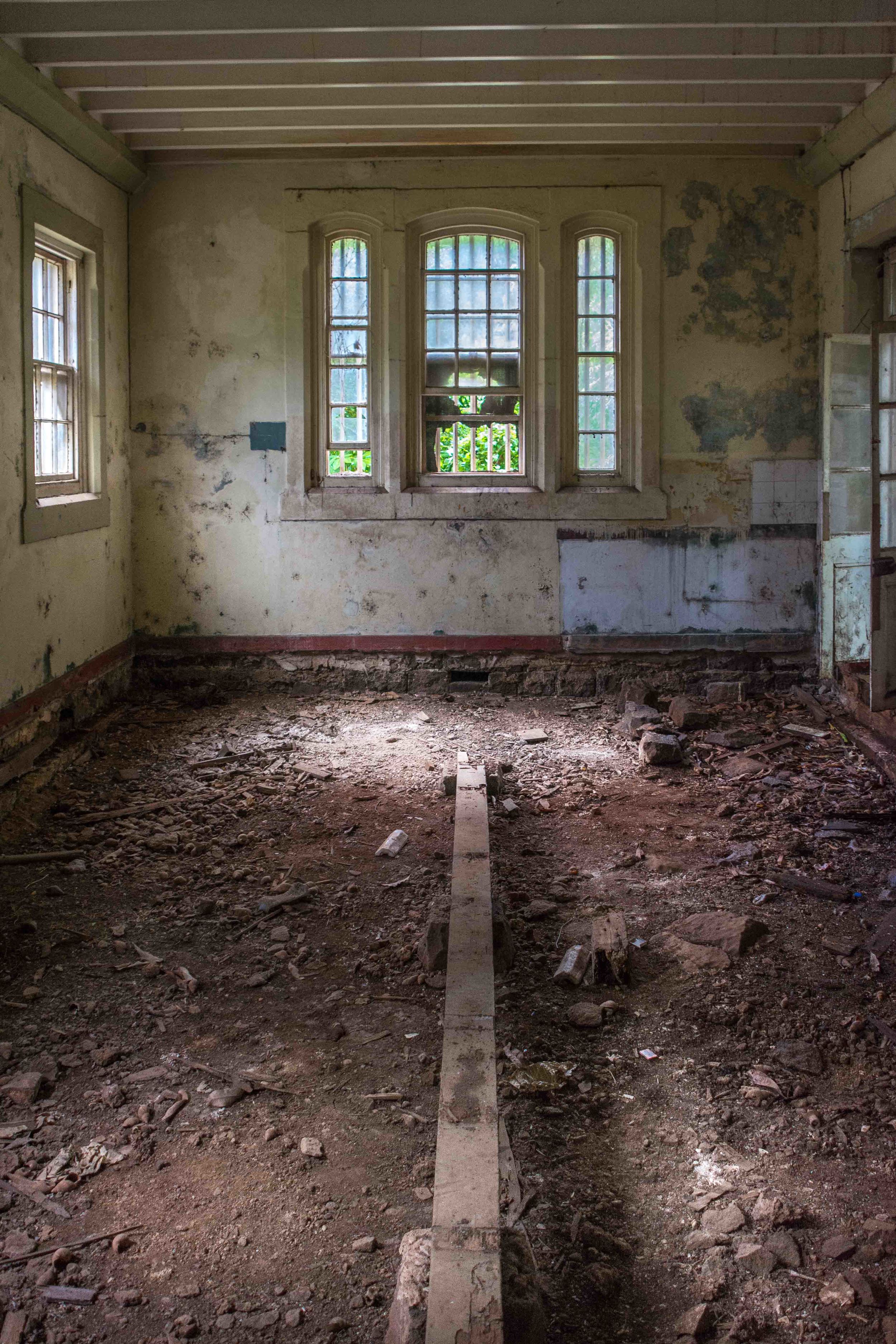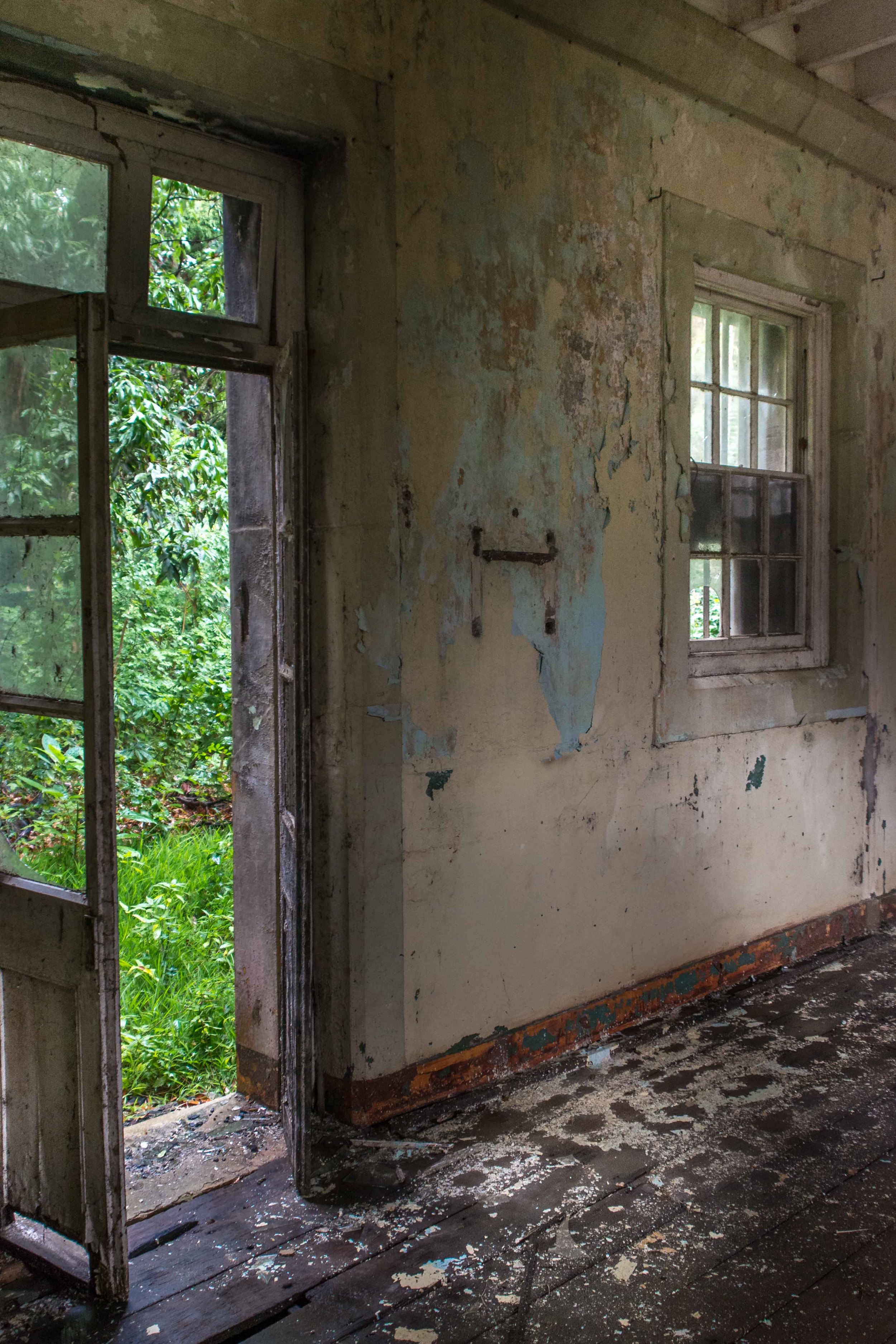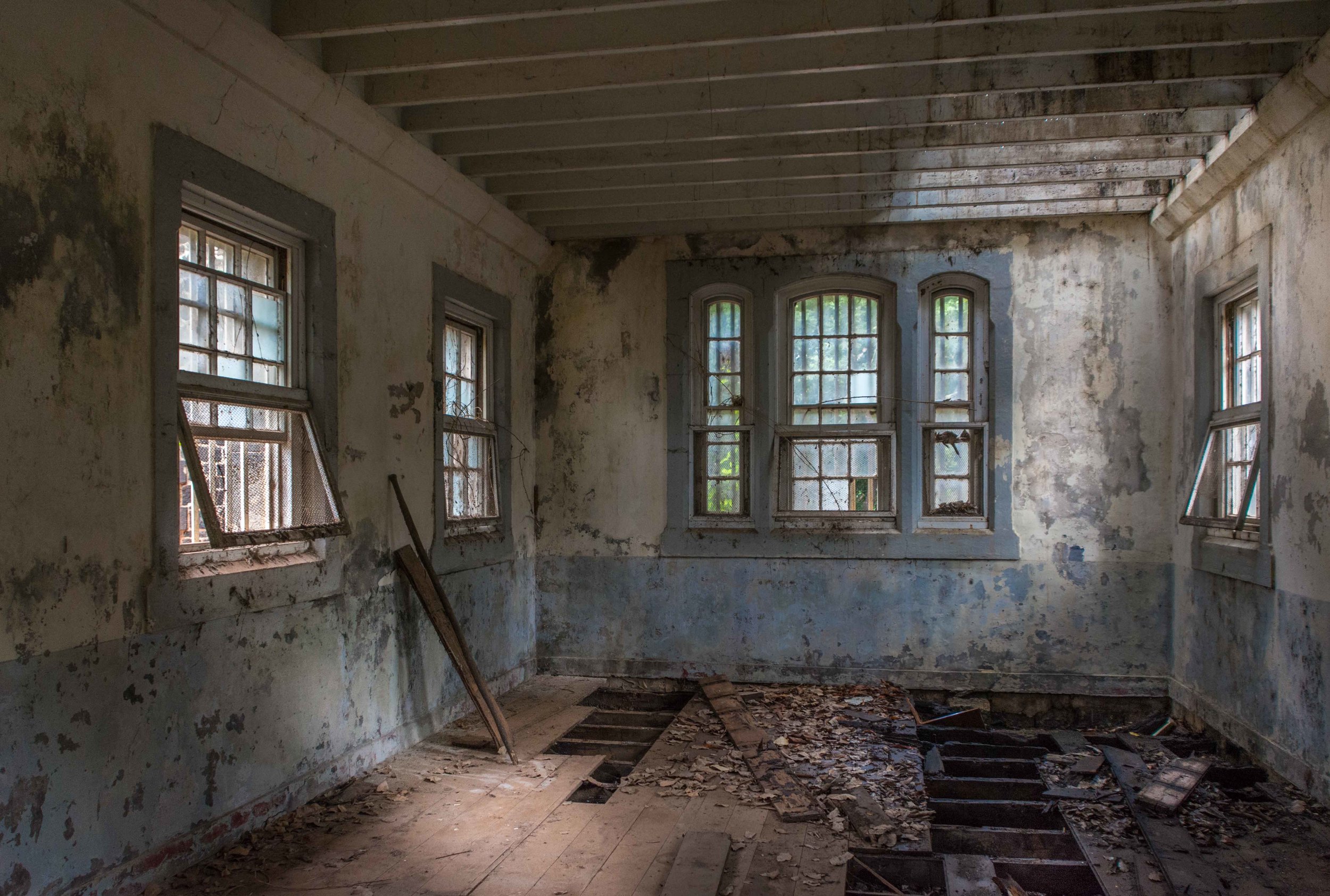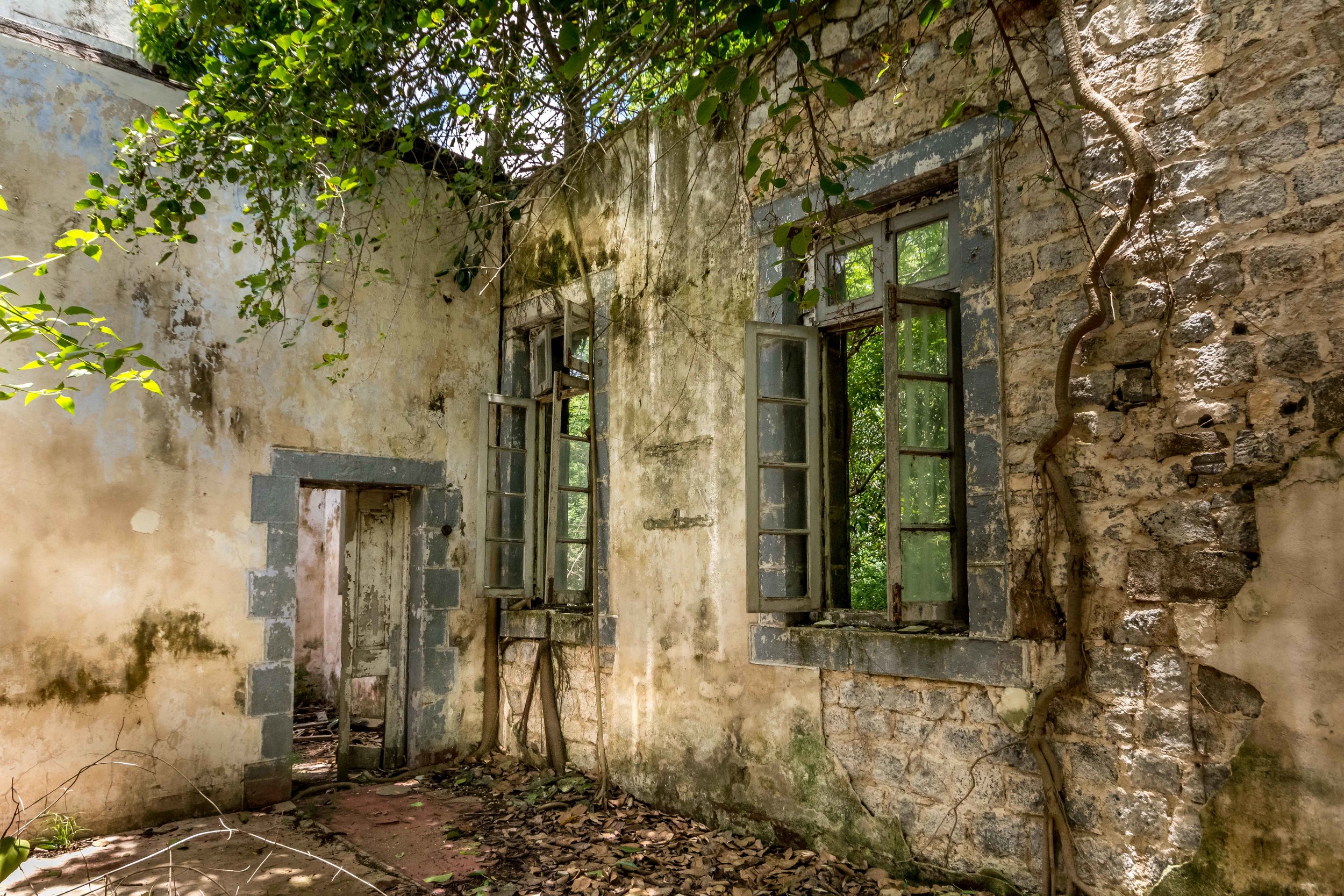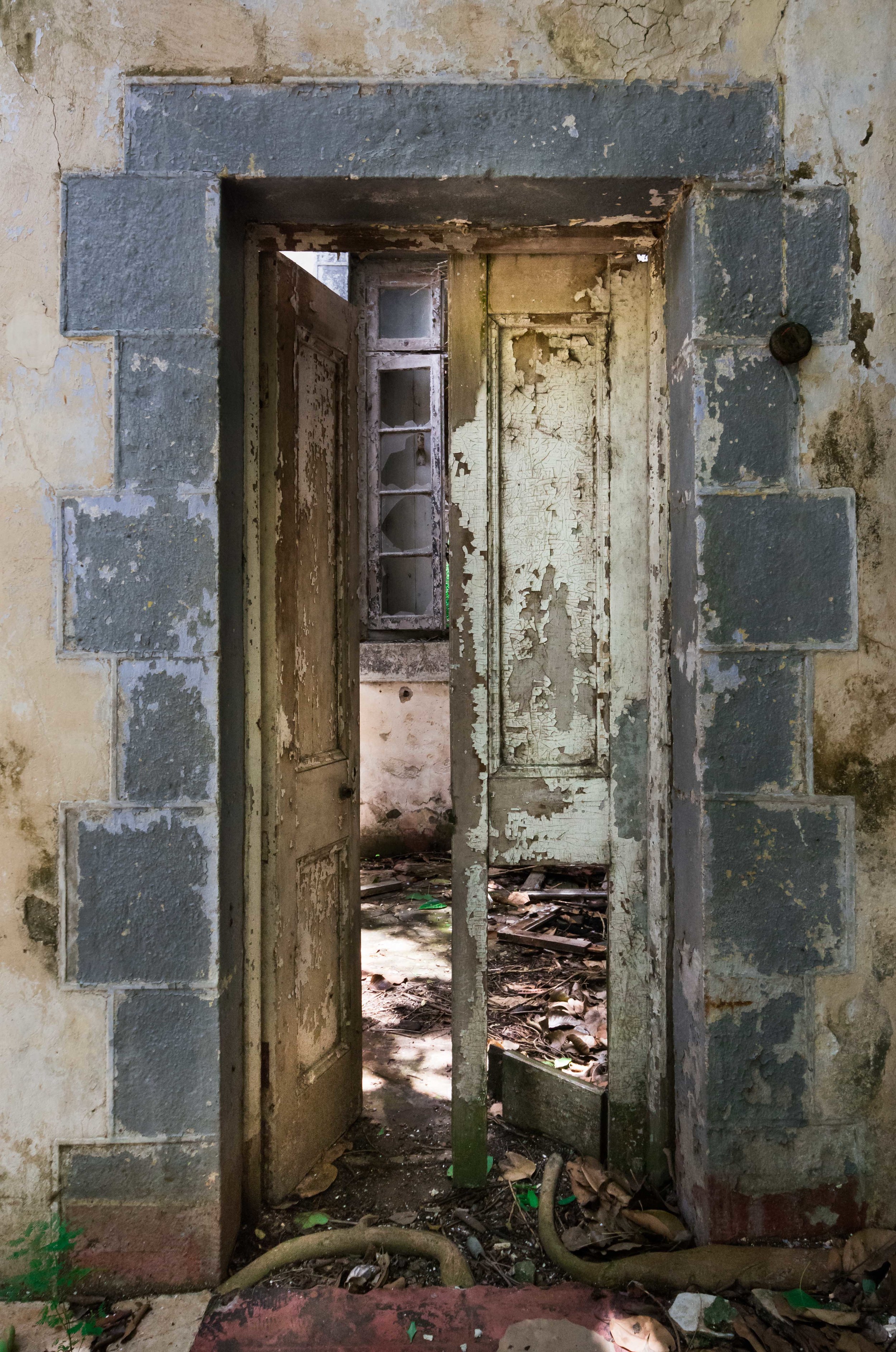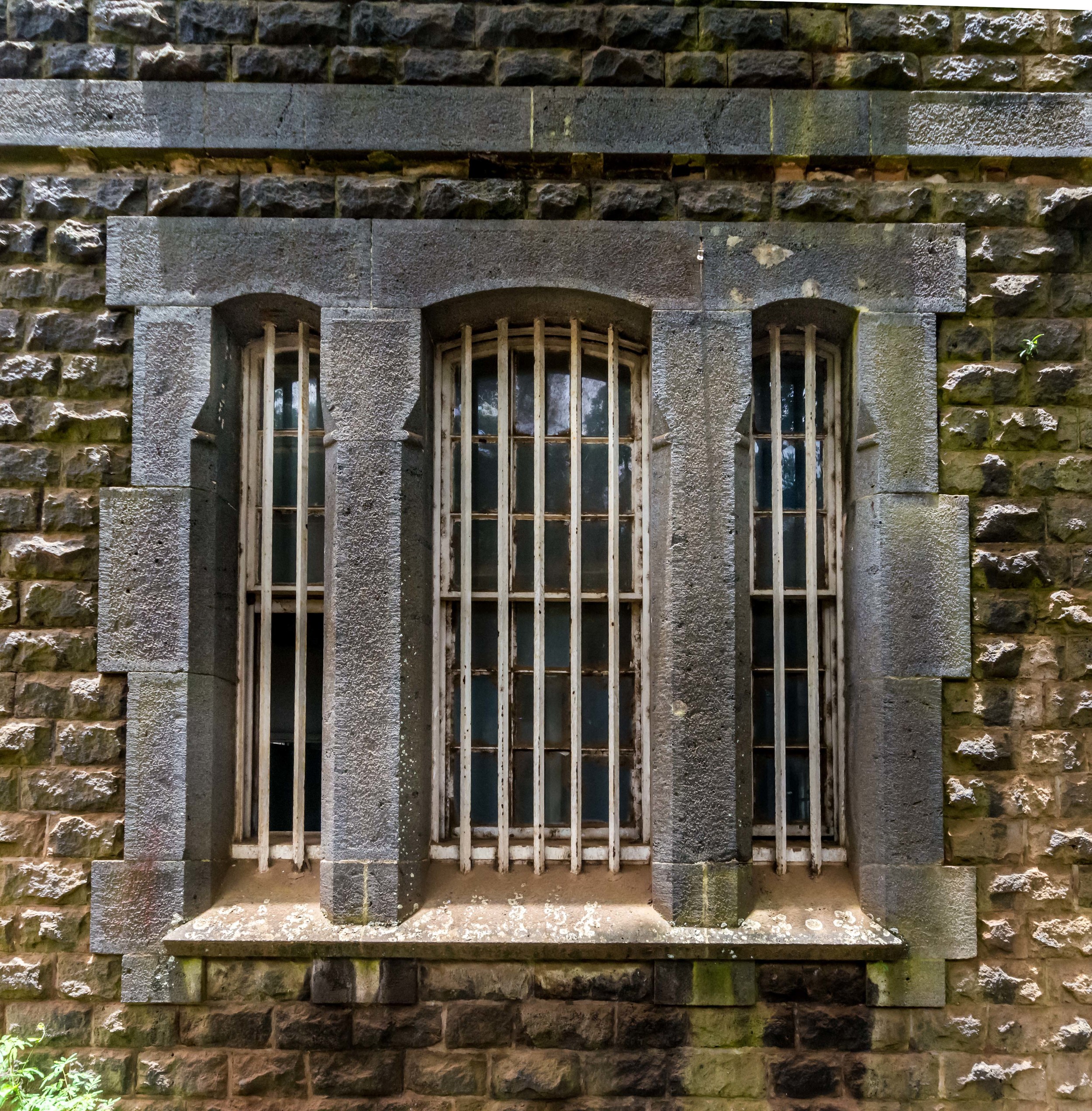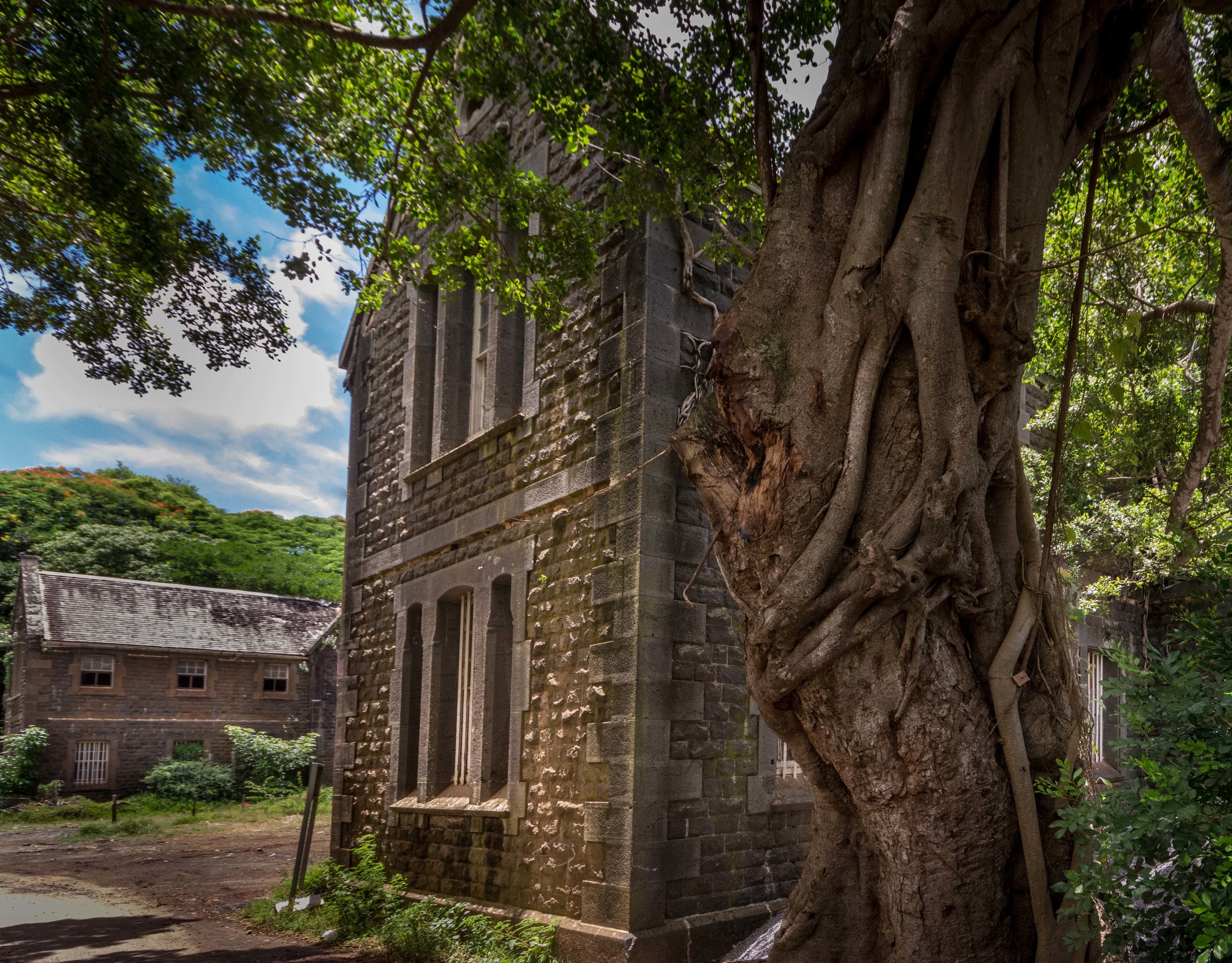Whenever I download the contents of my memory card, the first thing I do is delete all the images that are out of focus. I try all sorts of tricks to get images sharp. Underexposure and bumped up ISO settings help. I am not a happy user of tripods and pay the price, despite having remote switches and wifi adaptors. So, there are many images lost to this disease. There are others that work, being tolerably in focus. But they would be infinitely better if the focus was flawless.
So last Sunday, when I was invited on a friend's catamaran, I gave myself a challenge. I took just one lens with me, my Nikkor 50mm AF 1:1.8D, attached to my Nikon D7100 with the ISO set on 200. It was a bright day, and this further helped my shutter speed.
This lens is at its best with portraits, and I found that the discipline of shooting landscapes without a zoom for composition a bit of a challenge.
Below are some of the images shot that day. I think the crispness helped, although a slow shutter speed would have softened the water.
Click on the images to get a full screen version.
Coin de Mire, iconic islet north of Mauritius.
Islets north of Mauritius, including Sugar Loaf (small on the left) Flat Island, and Gunner's Quoin (Coin de Mire) closest to the camera.
Heading home after a lazy Sunday with good friends. Grand Bay, with the mountains of Mauritius in the distance.

